By Alex Claxton
claxtonc@grinnell.edu
The international news cycle has been in an uproar over recent events in the Middle East and North Africa. Protests have erupted due to the spread of a viral video depicting the Muslim prophet Muhammad in a negative light. In Libya, a U.S. ambassador was killed in the midst of a particularly violent protest.
In light of these events, a discussion panel took place Wednesday in ARH. One of the professors speaking at the event, Caleb Elfenbein, History and Religious Studies, described the goal of the event as a way to have an interdisciplinary conversation about the many different facets of the protests.
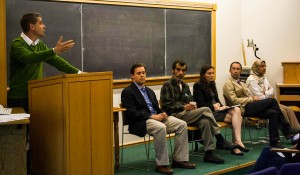
“I’ve done events like this in the past and we were asked to put something together, and maybe there would be time after for question and answer, but this time around it’s just going to be question and answer. I think the idea is that there are so many threats to what’s going on right now, and really the questions transcend so many different contexts,” Elfenbein said.
Matt Johnson, History; Kamal Hammouda, community member and leader of the Muslim Prayer Group on campus; Danielle Lussier, Political Science; Mervat Youssef, Arabic and French; and Elfenbein were all present for the event.
The talk opened up with a brief summary of the occurrences leading up to the protests and a description of the many protests that are currently ongoing. From there, the conversation was mostly guided by the questions of audience members.
The discussion in large part was an exploration of the U.S. relationship with Muslim communities around the world. Youssef brought up the American government’s lack of response to 2011’s Arab Spring, positing that there could be underlying resentment of the American government in the Muslim world contributing to the fierceness of the protests.
“Part of the narrative that I’ve been hearing… is that people haven’t forgotten the reluctance of the United States to take a very clear stance on what was going on in the beginning of the uprising in 2011… This is one of the things that is still lingering, and is a way for mobilizing against … [what is] perceived to be an American movie,” Youssef said.
Further into the conversation, an audience member raised the point that the discussion so far was largely from an American point of view, and only considered the narrative from an American perspective.
Johnson happily responded to the audience member’s assertion, giving those in attendance a broader scope in which to view the protests. He presented two other narratives: the instability of inequality and differing interests within the larger Muslim world.
“These protests, so to speak, though anti-Americanism was the mobilizing frame… have to do with inequalities and political disenfranchisement that people were still experiencing post-Arab Spring,” Johnson said. “Political transformation doesn’t necessarily equal social transformation.”
The remainder of the talk covered such topics as the Muslim world’s perception of the relationship between the American people and their government as well as the underrated presence of non-violent protesters.
The event wound down with a discussion of how the protests are being presented by the media, and each panel member gave a few of their favorite resources for developing a more nuanced view of foreign affairs. This conclusion echoed Elfenbein’s previous statements about the necessity of interdisciplinary thinking in today’s complex world.
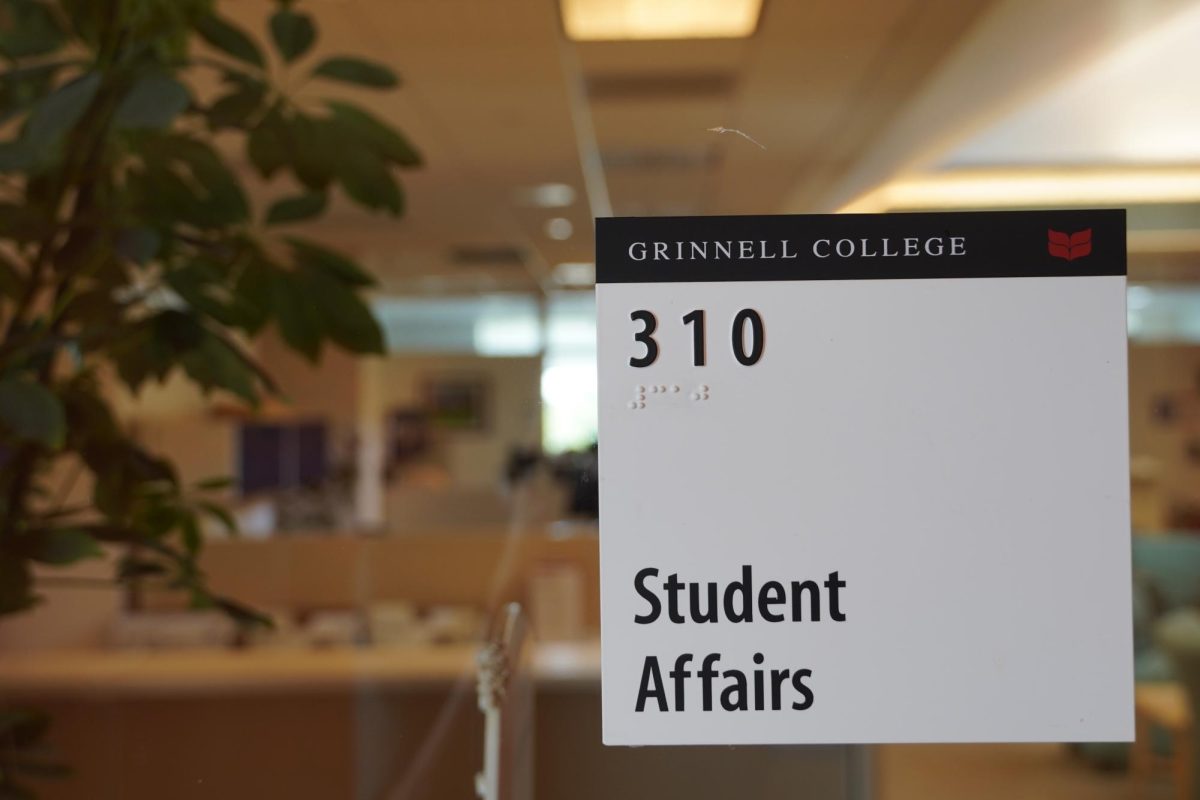

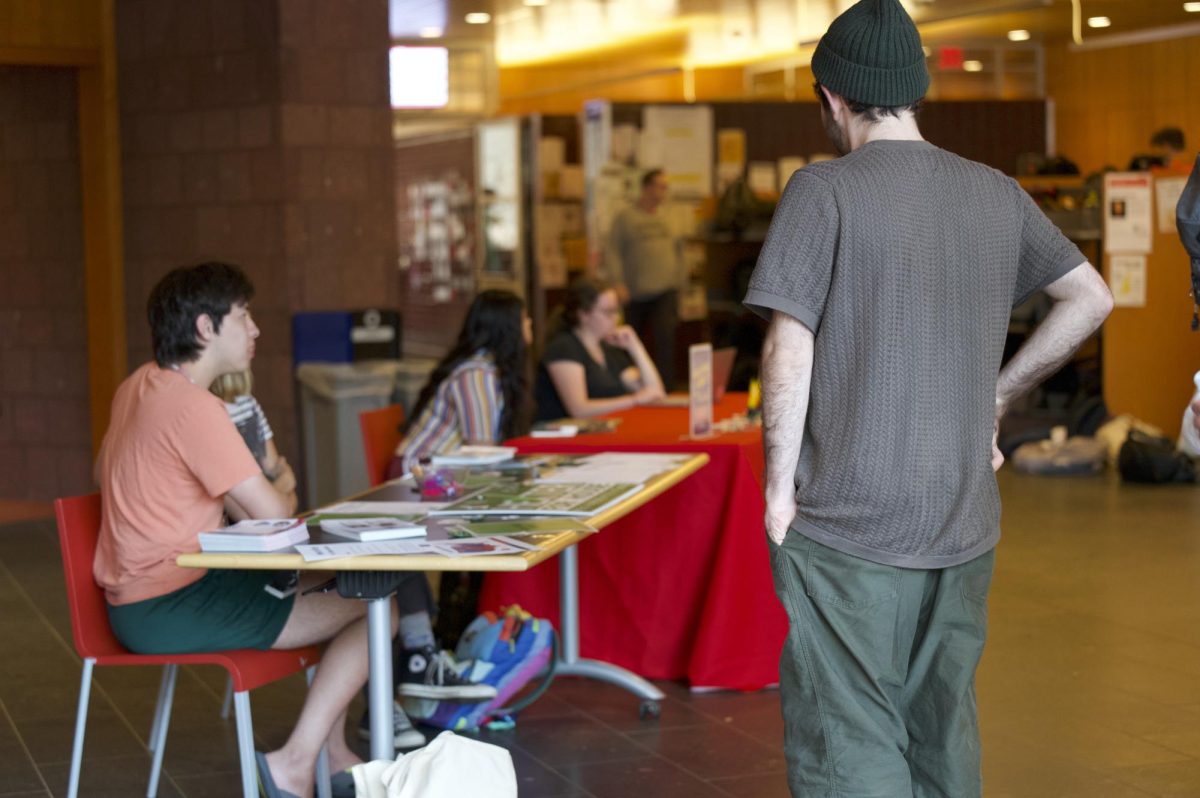
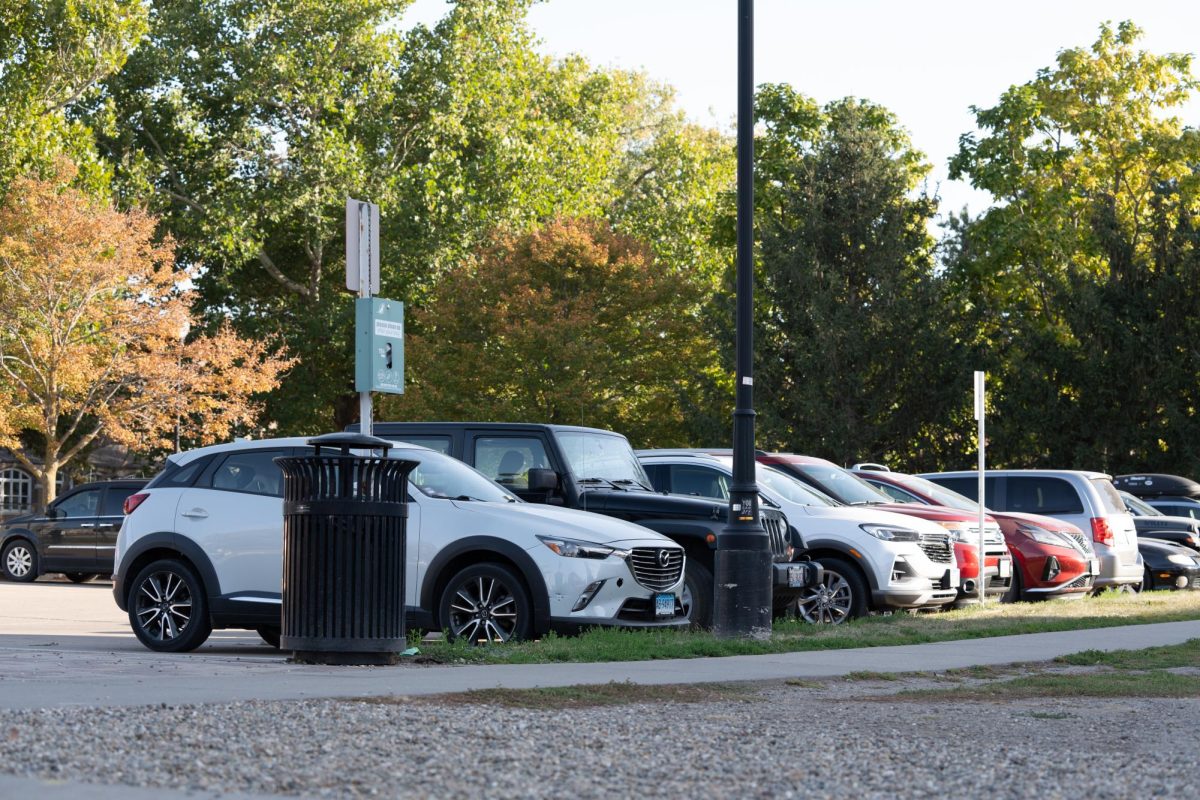
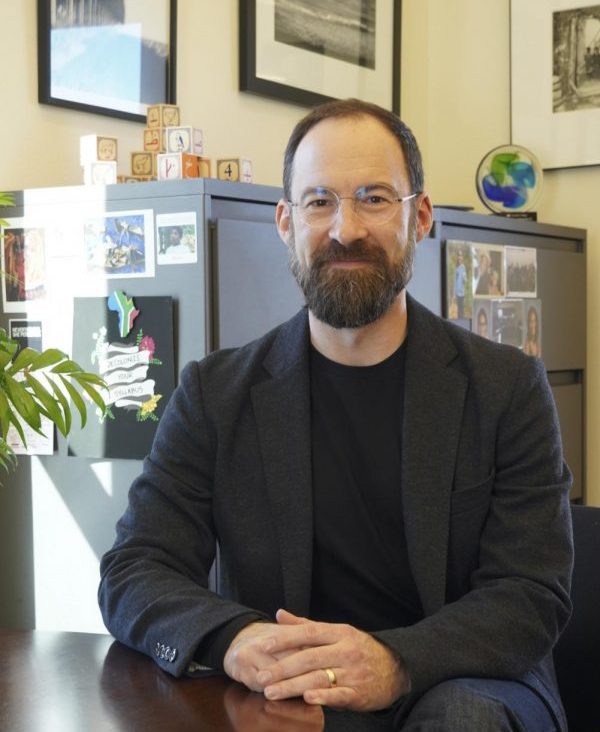

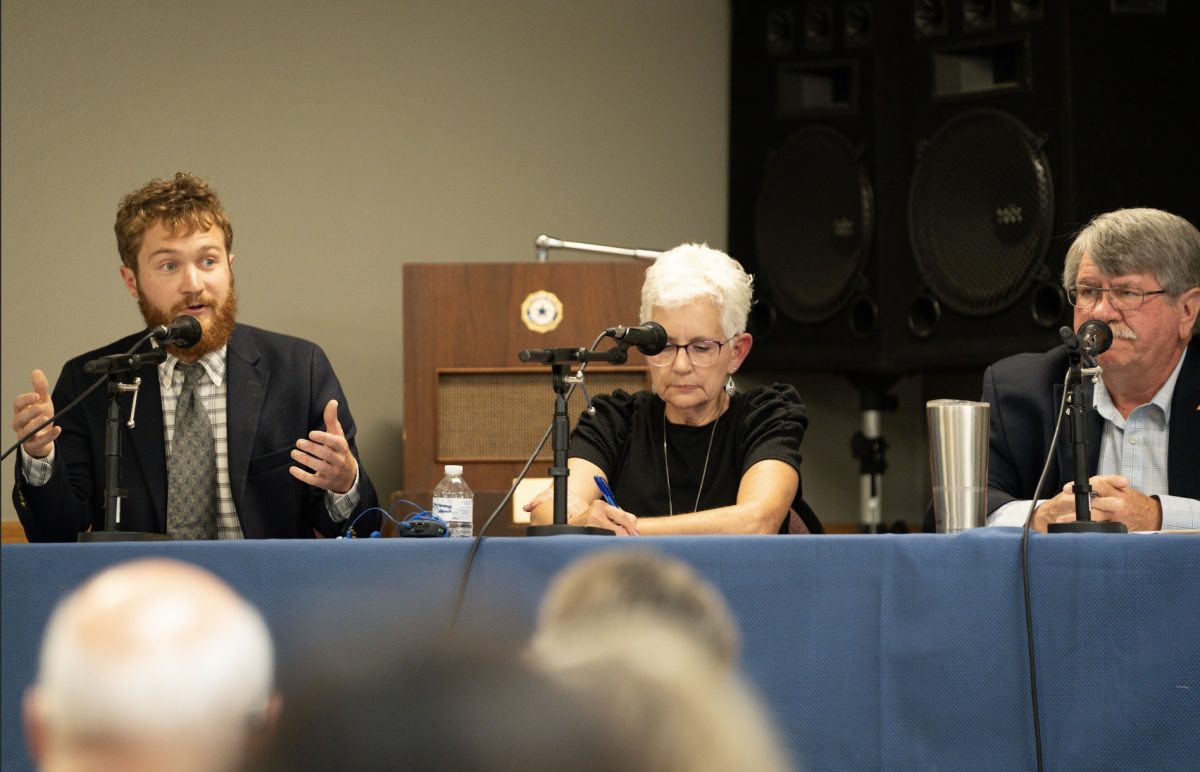

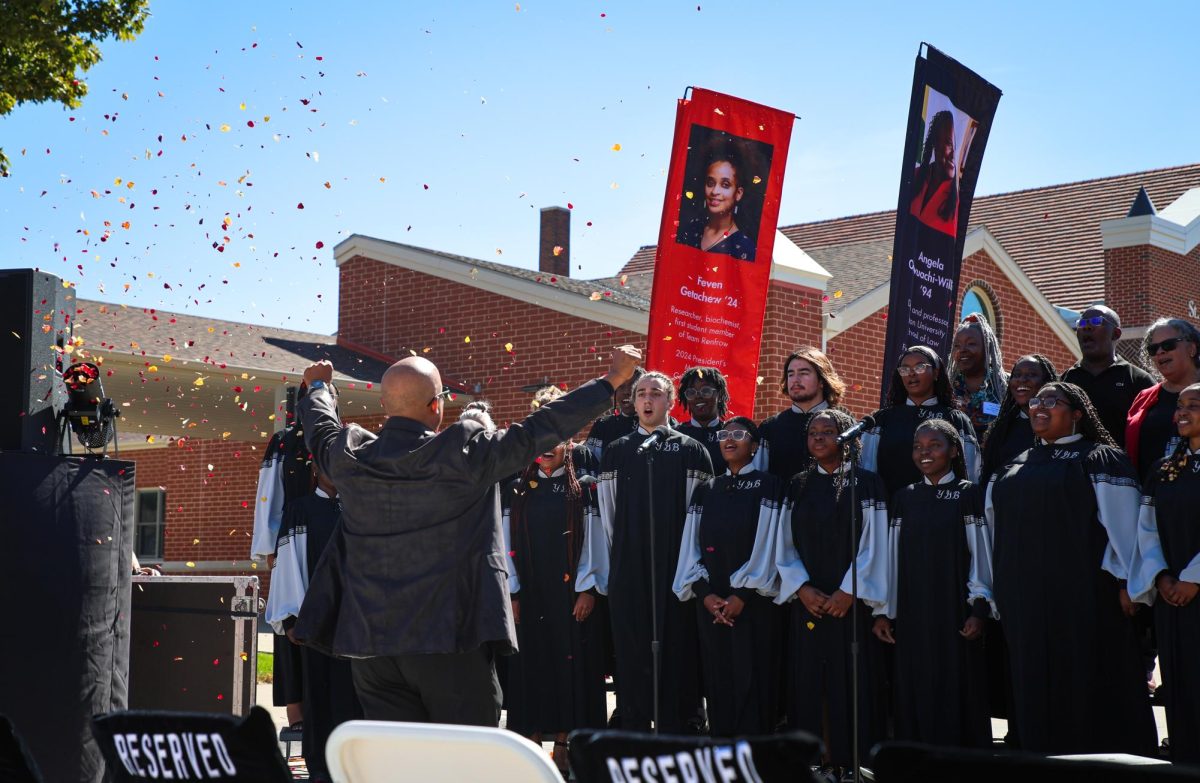
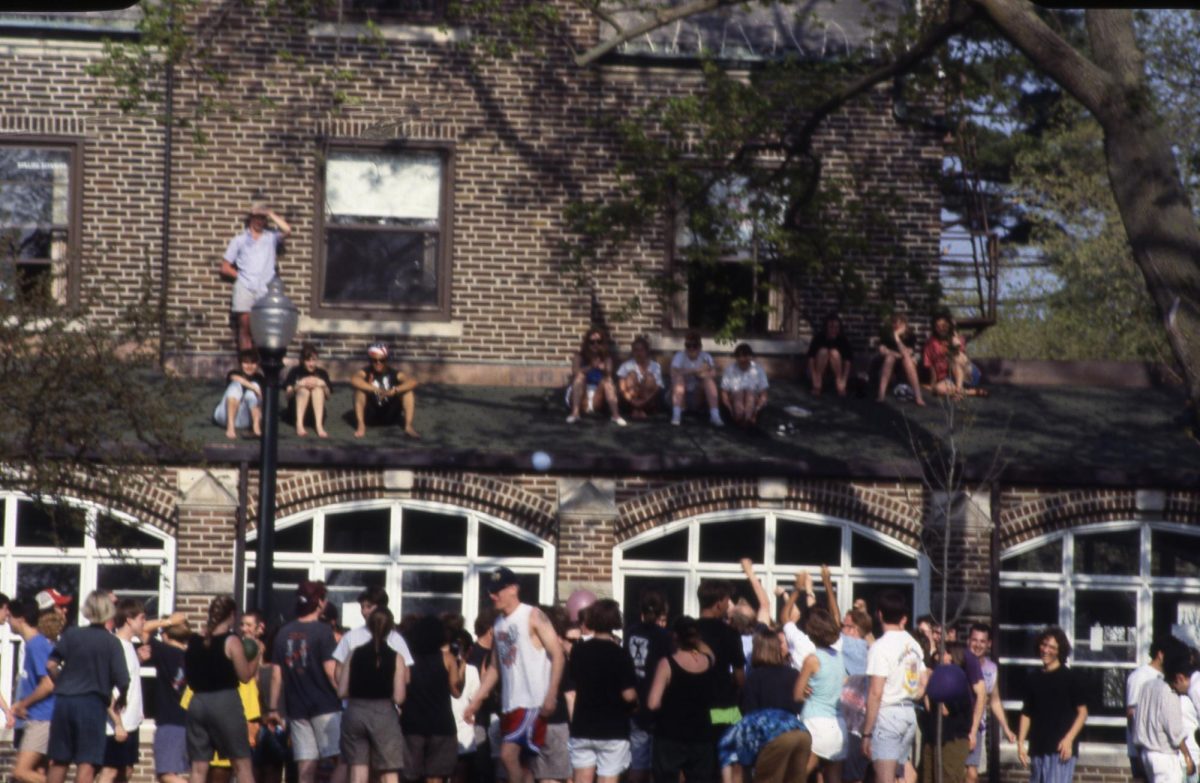
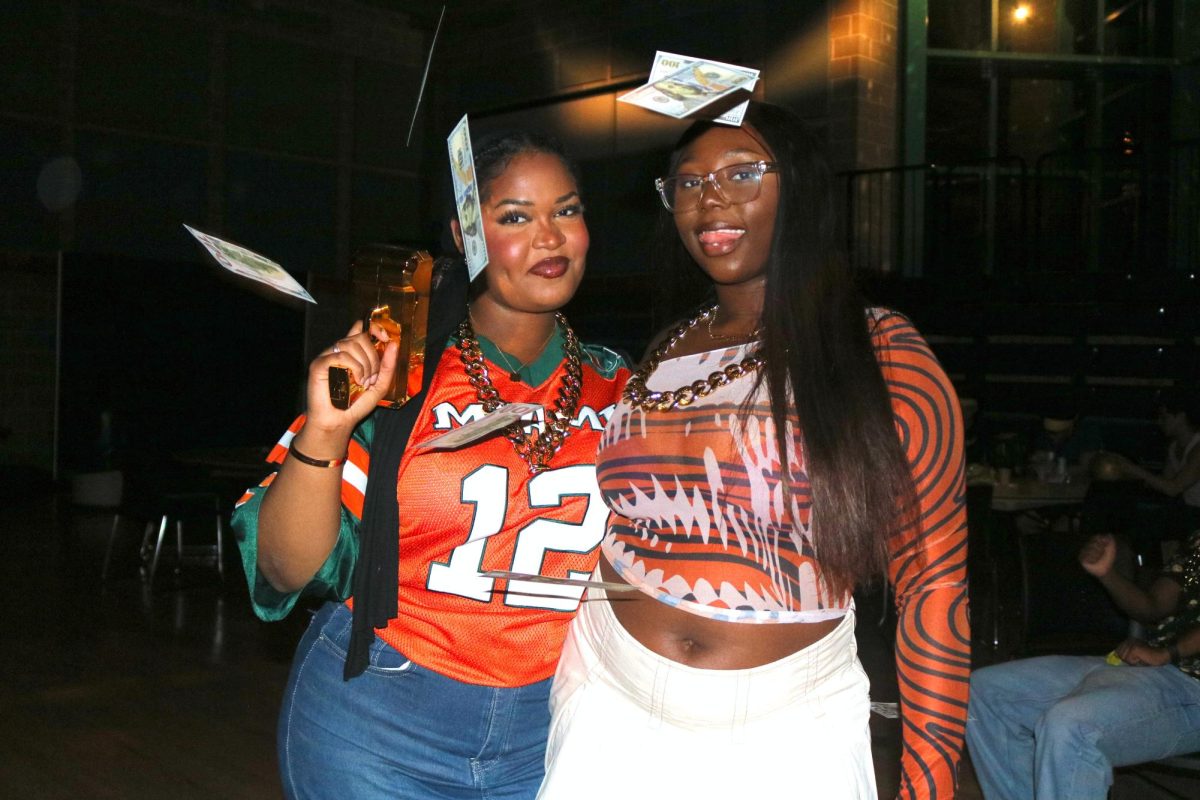
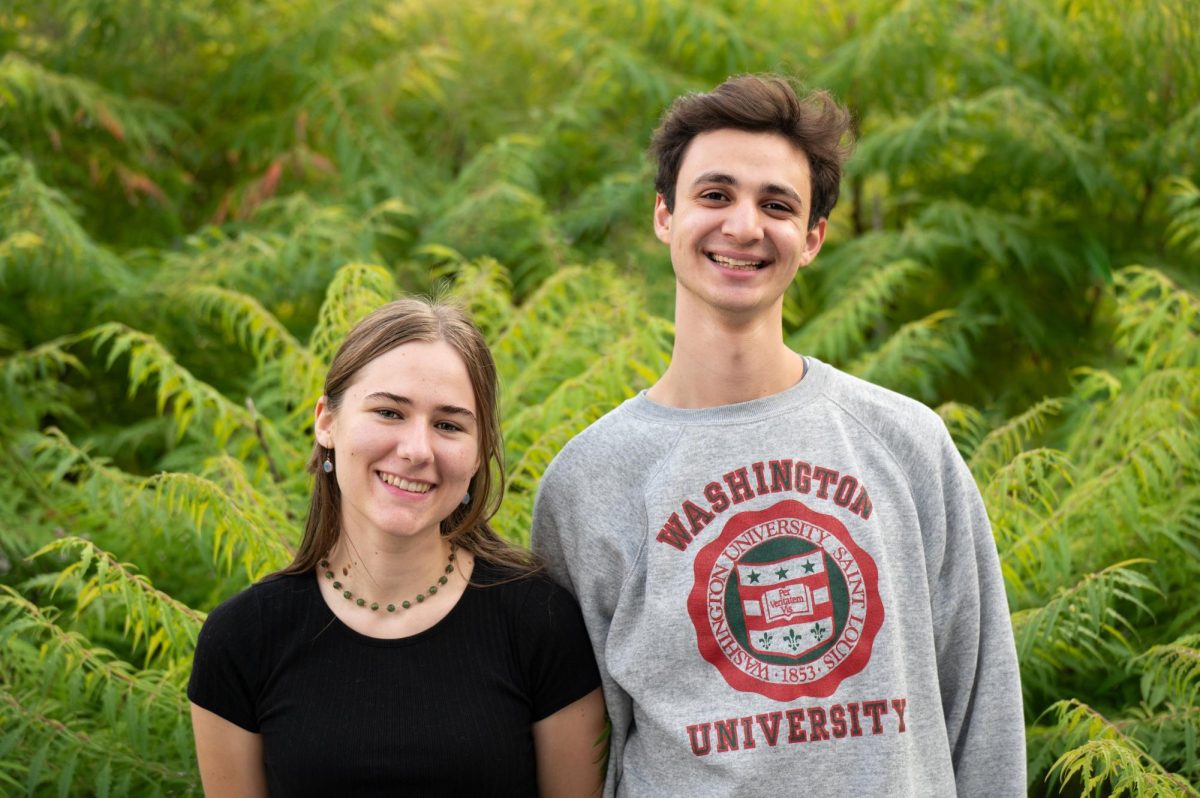
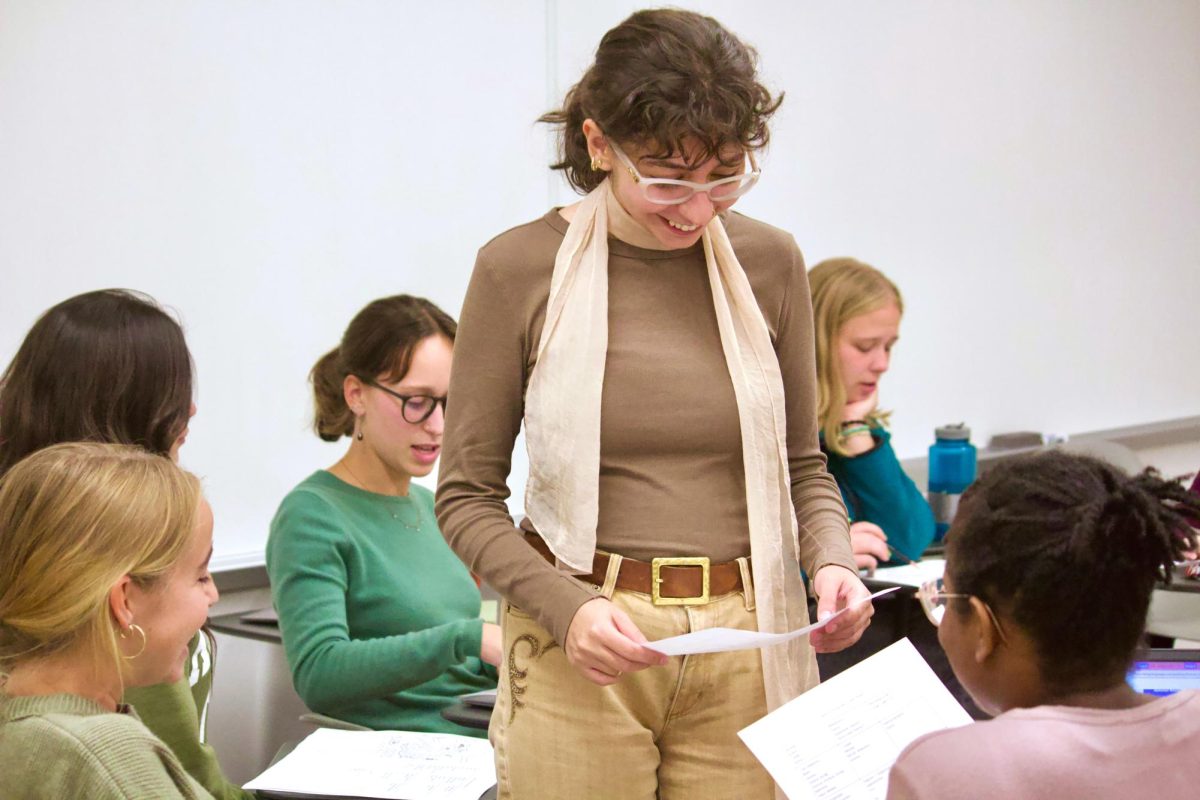
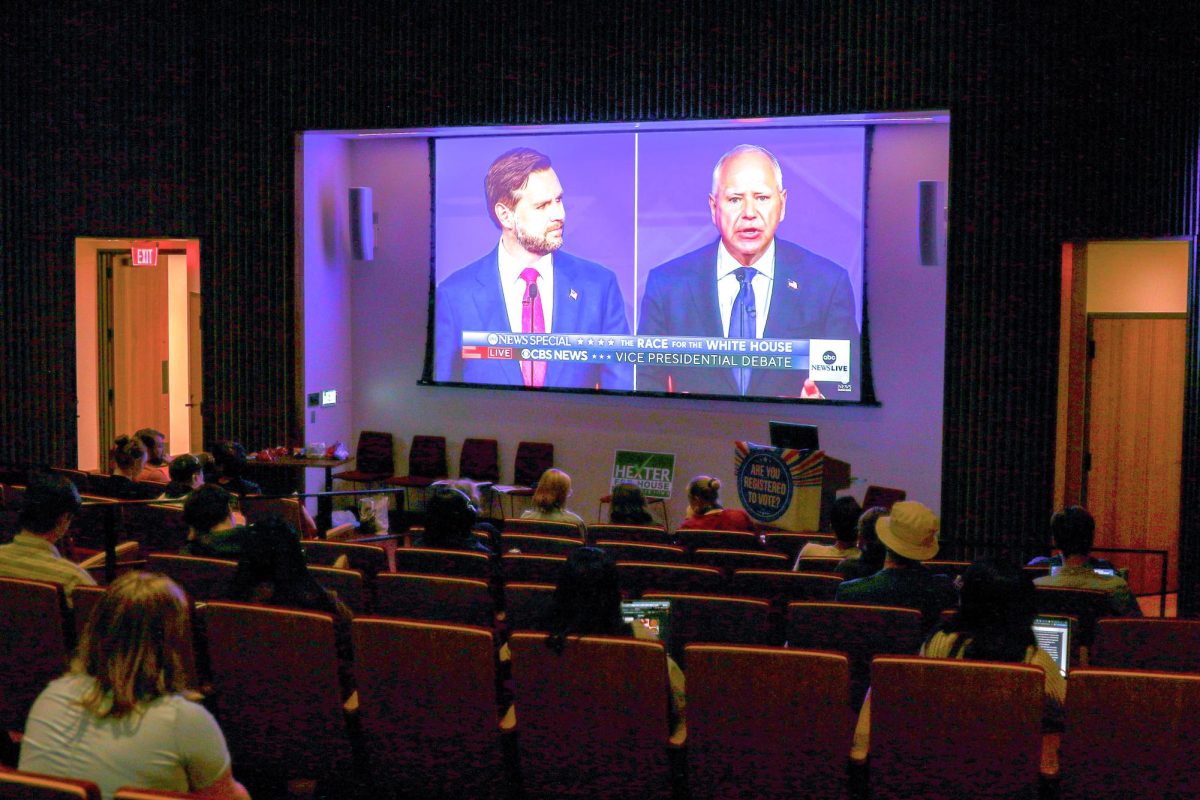
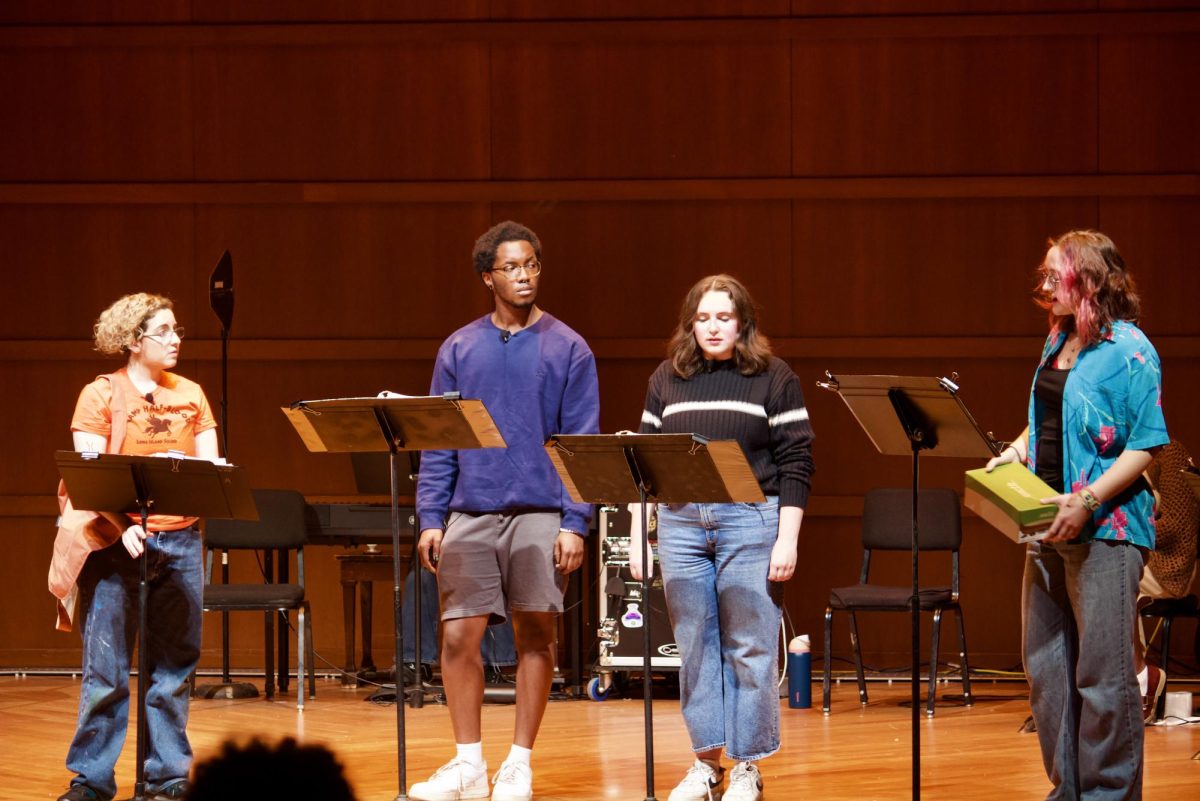
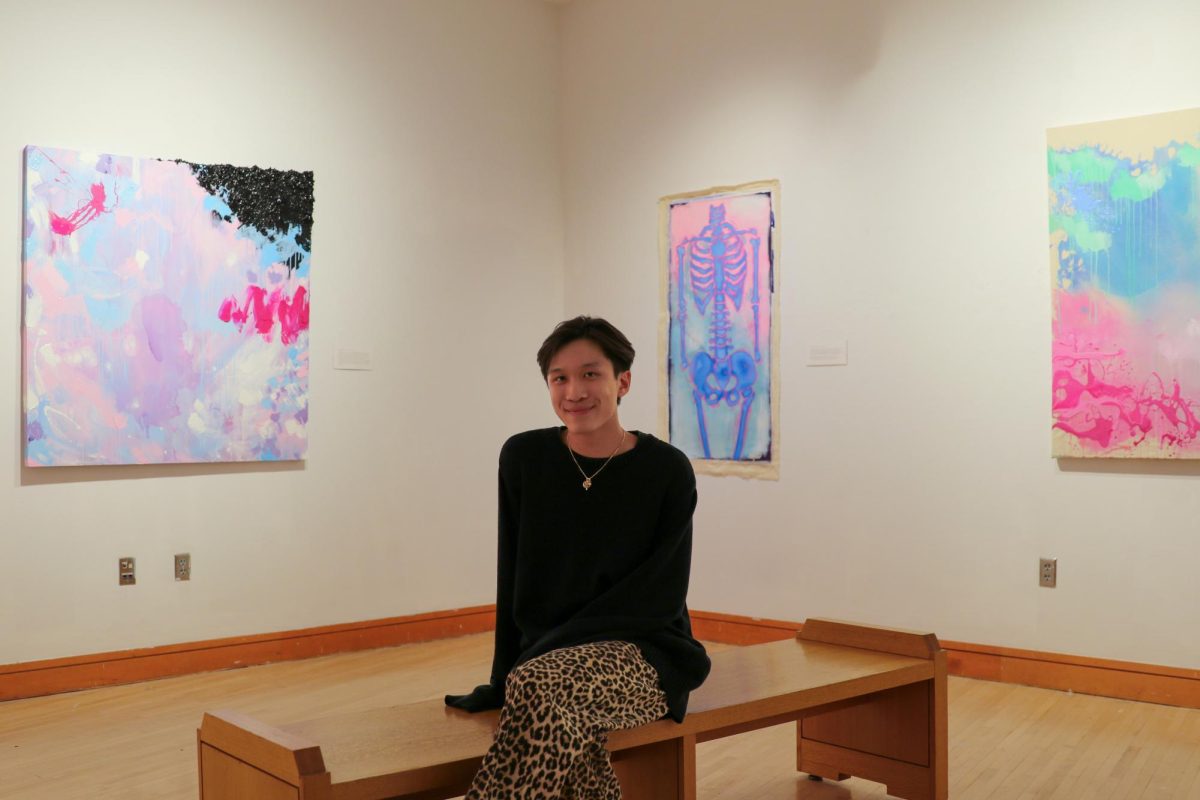
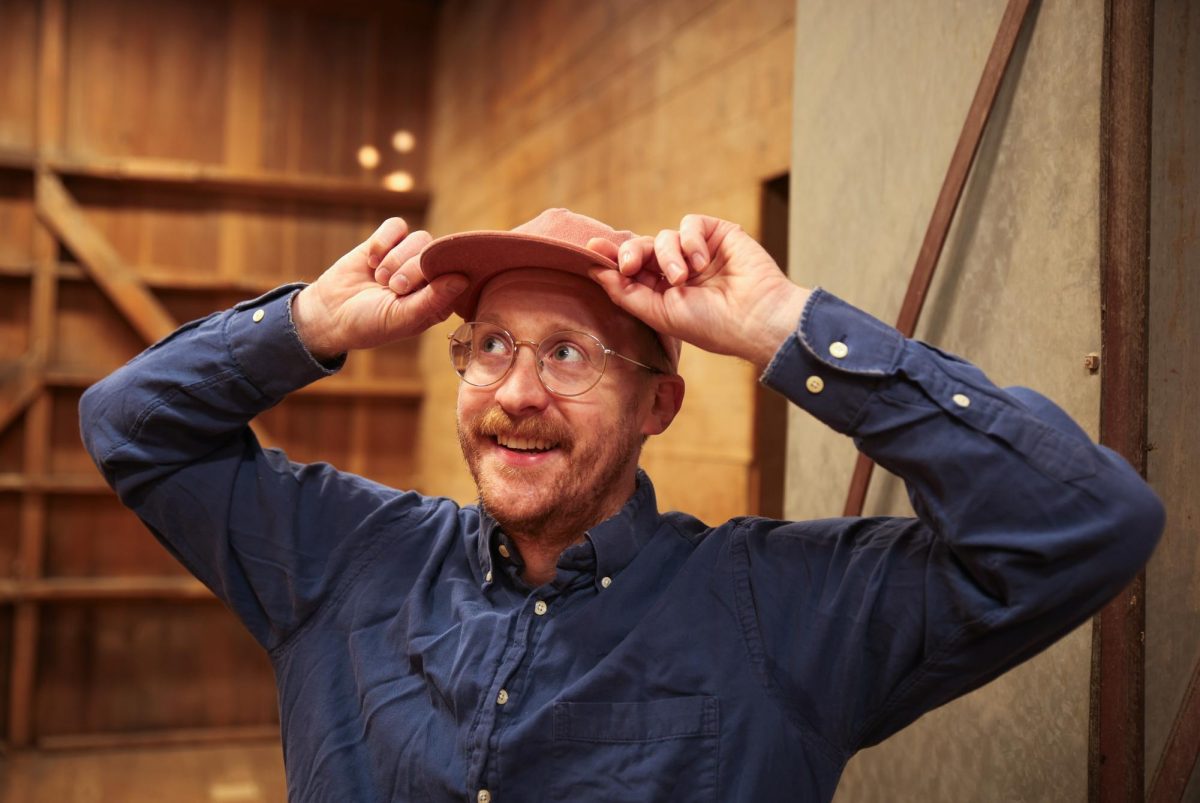
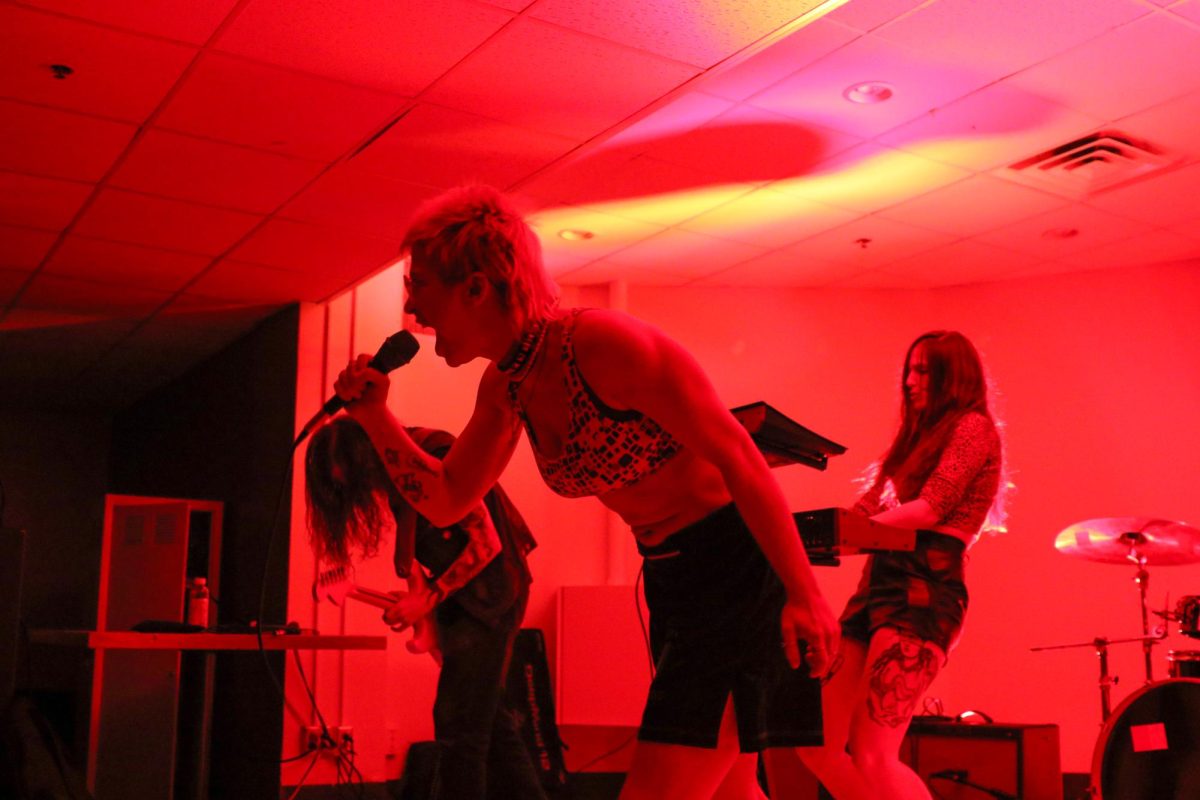
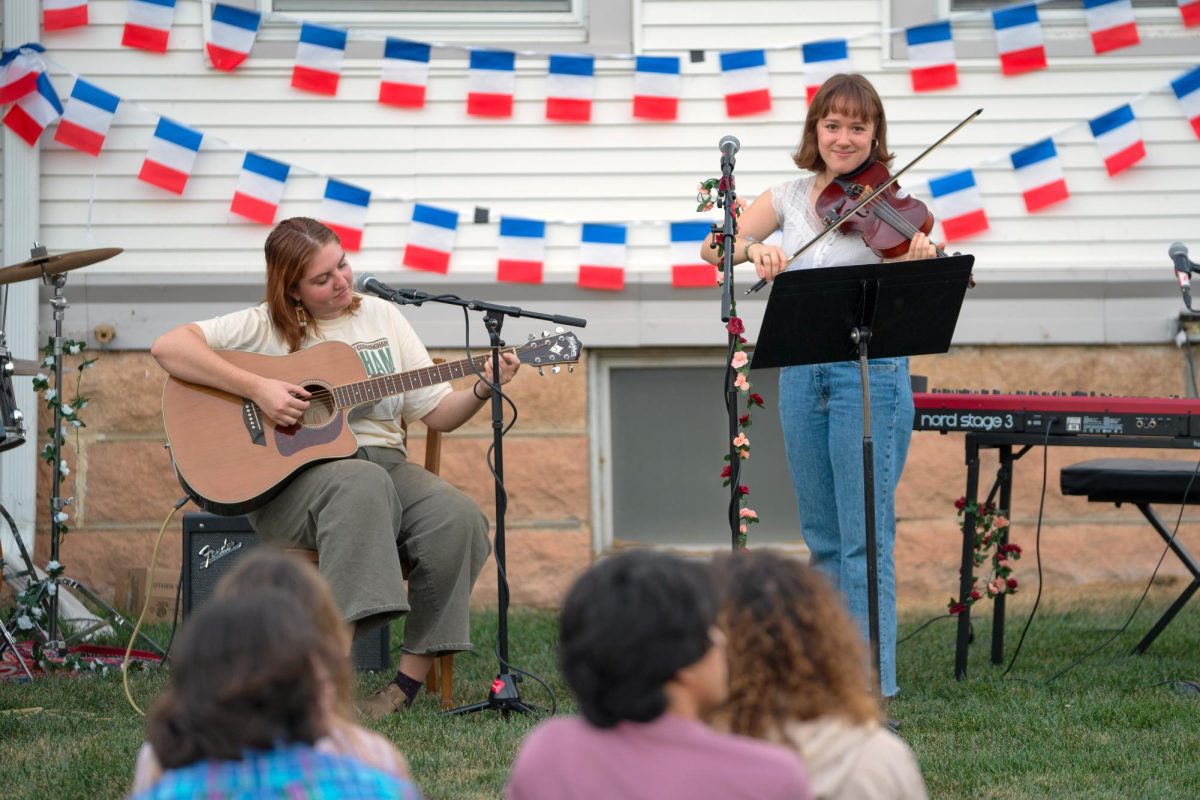


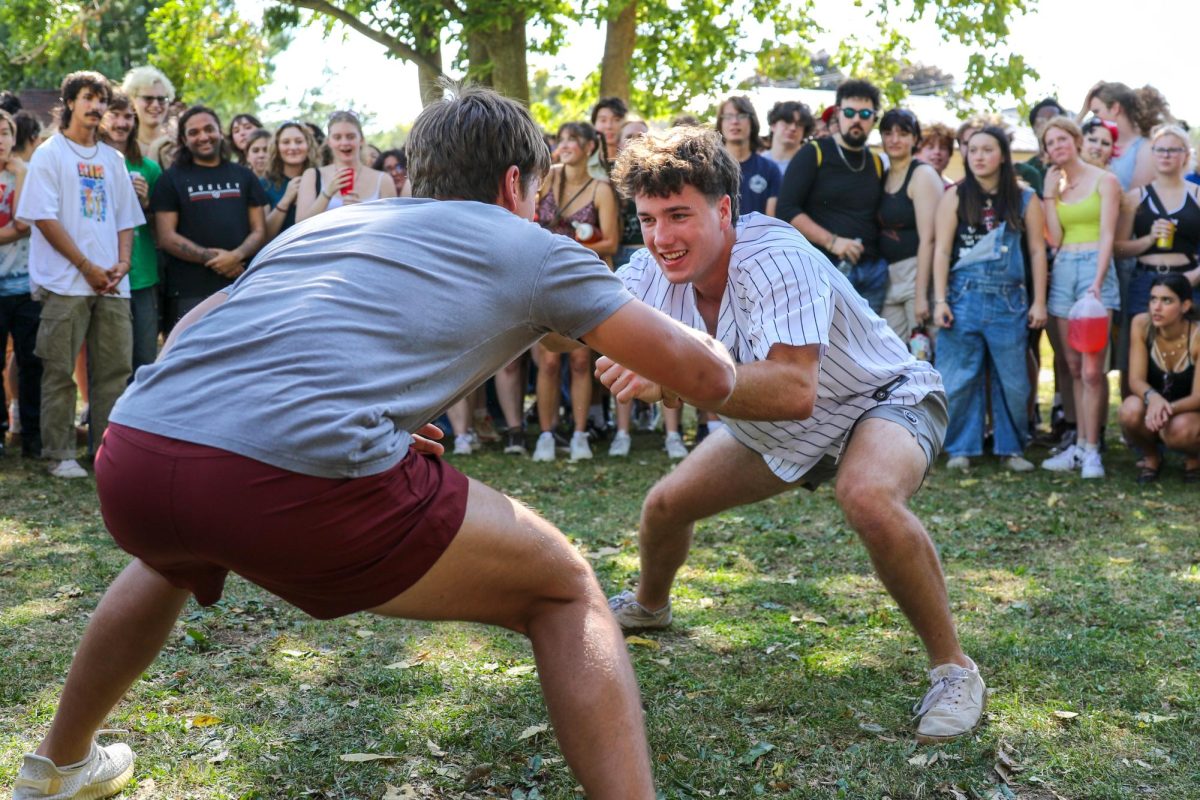
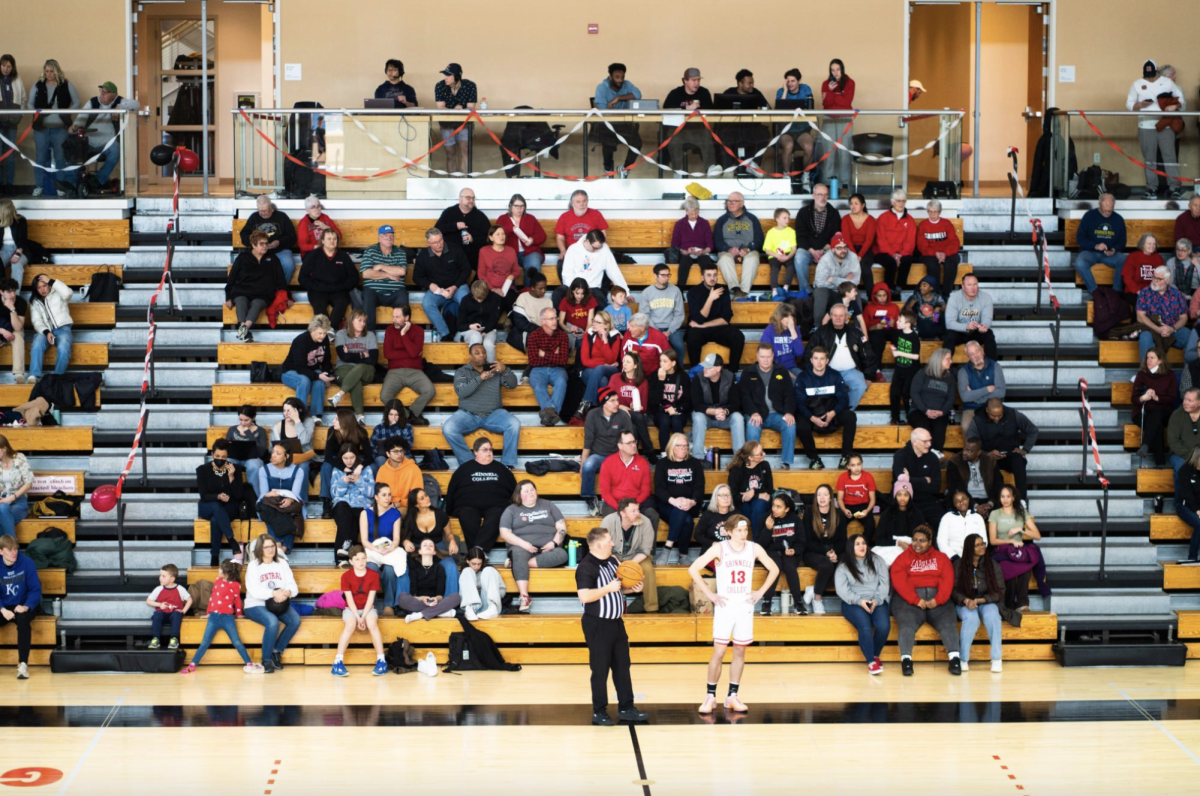
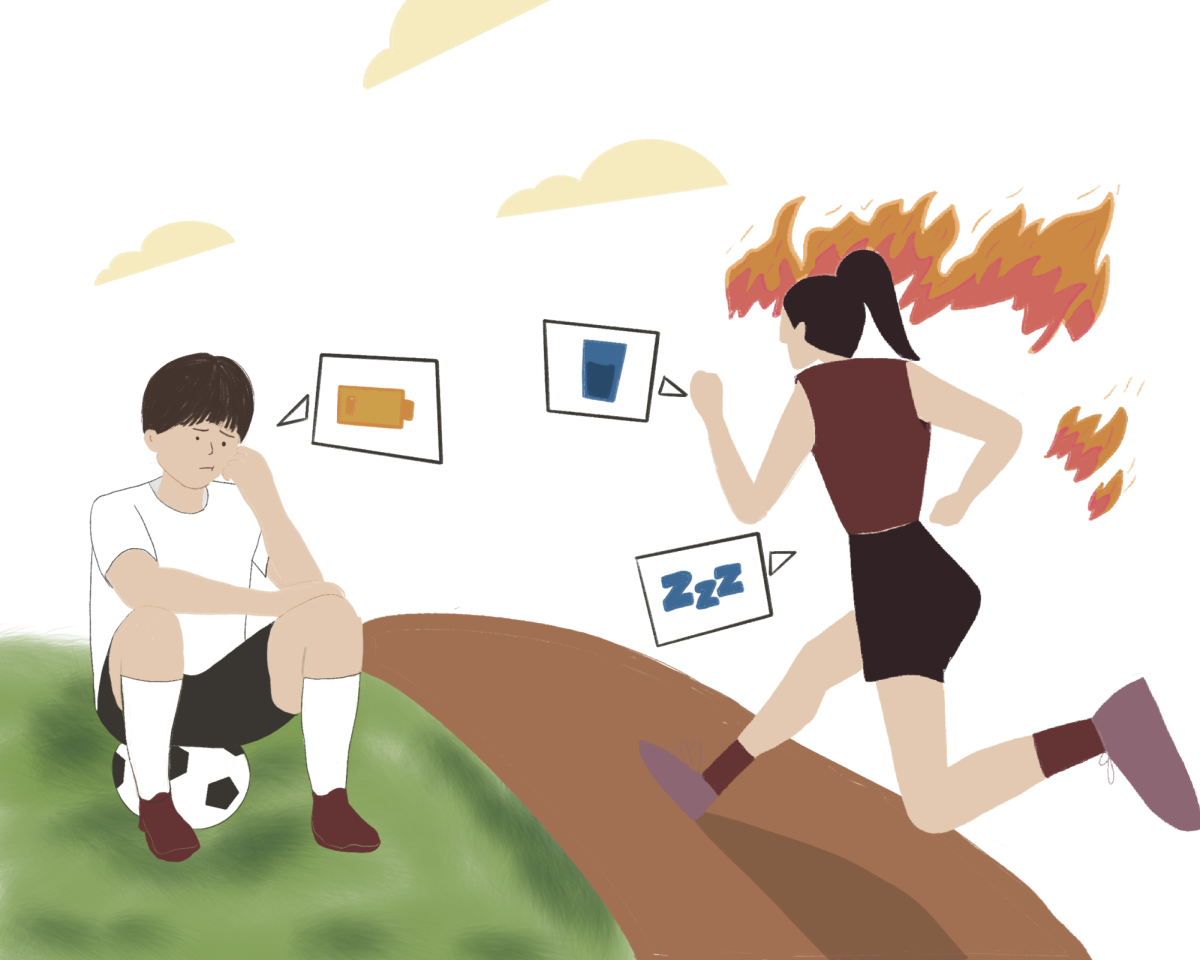
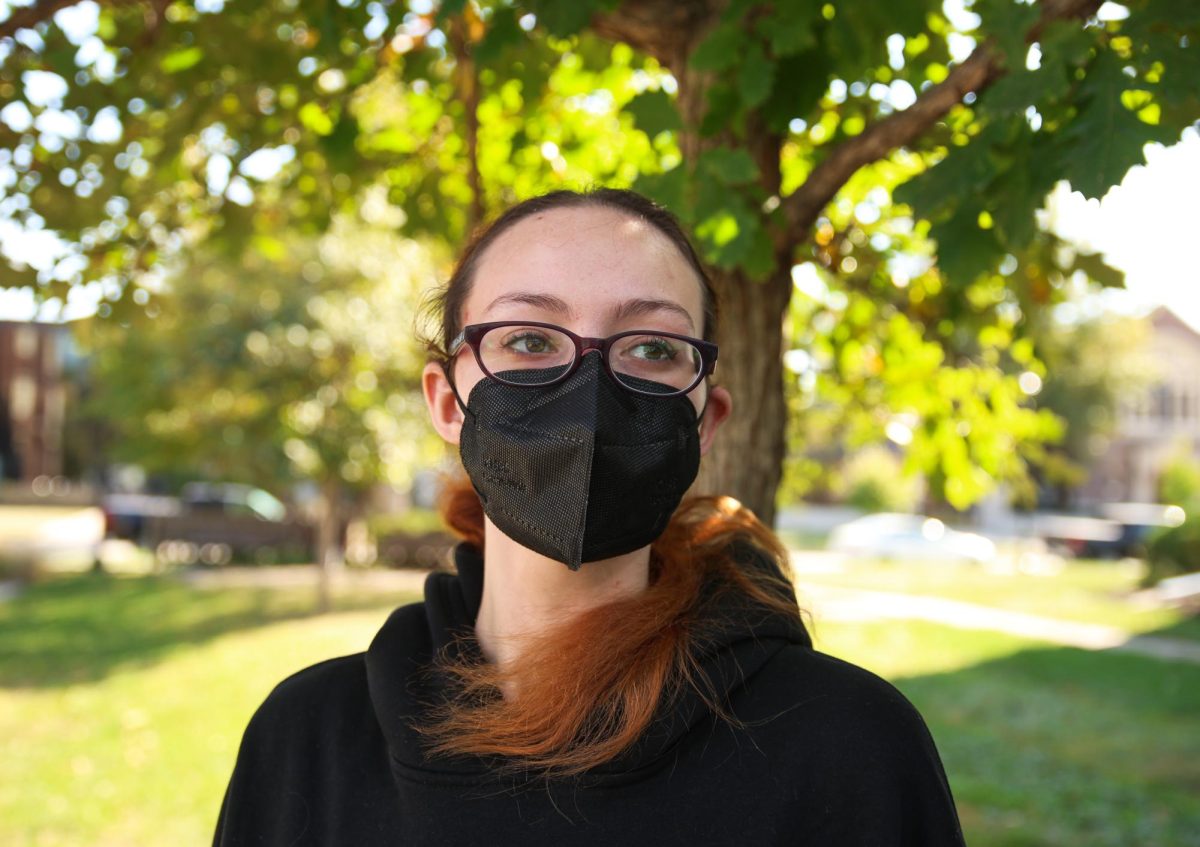
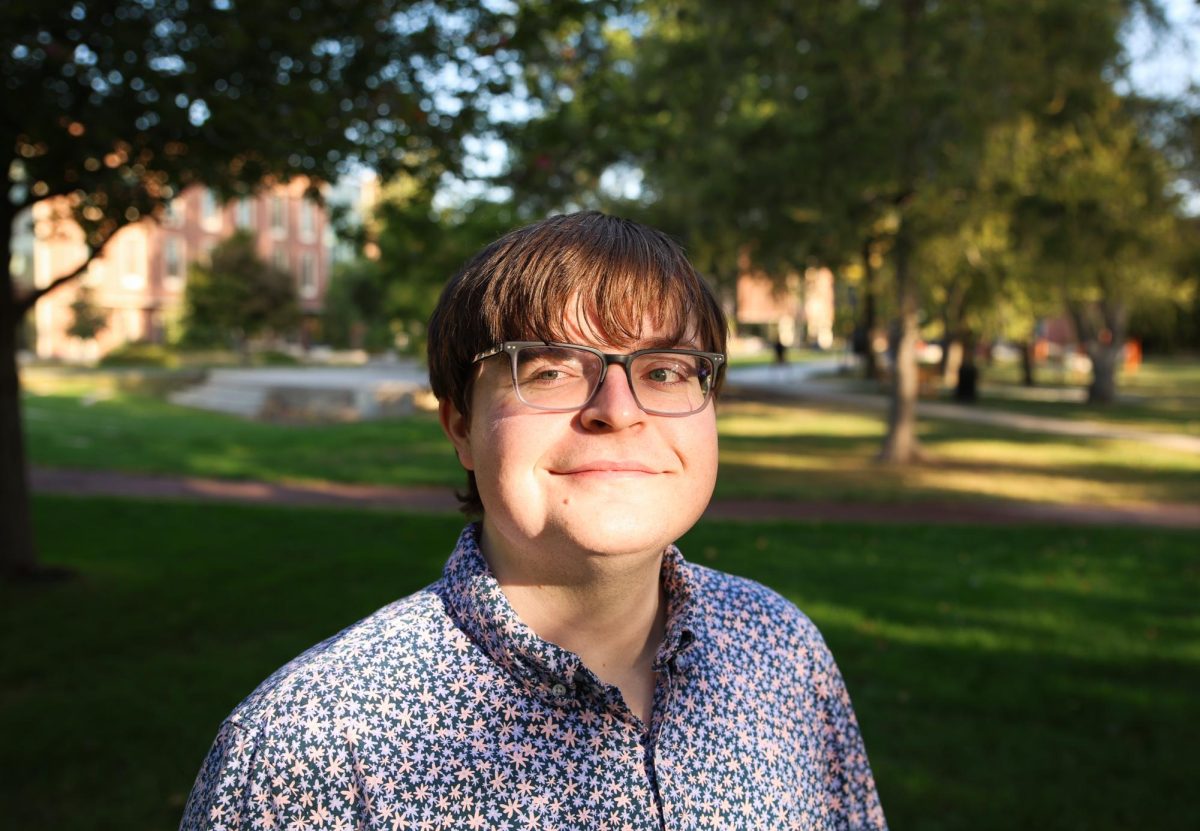
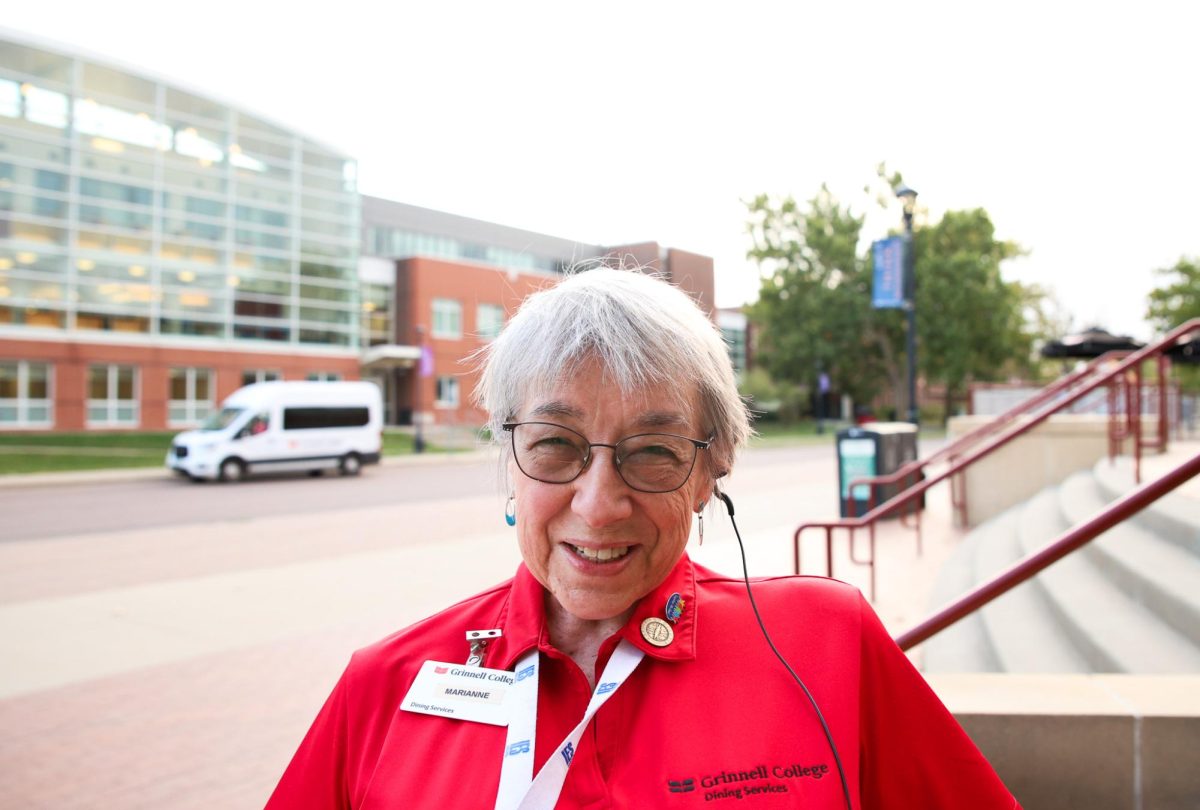
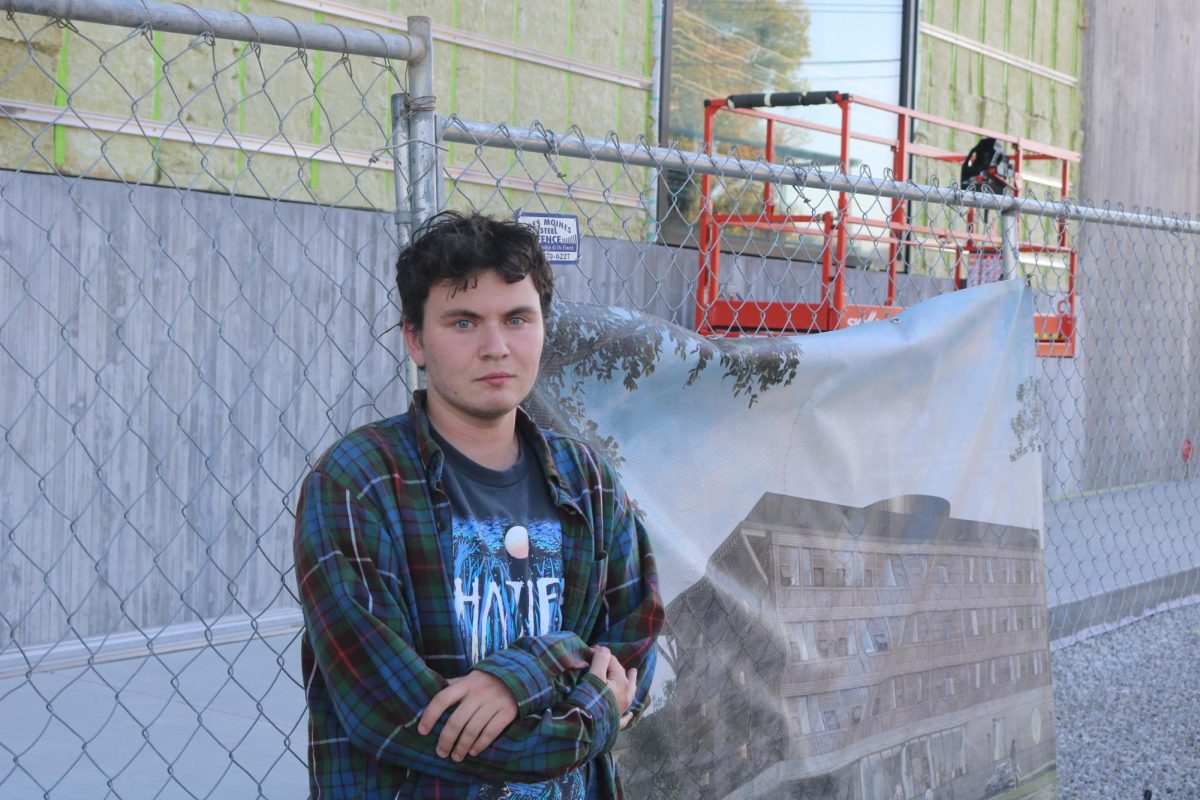
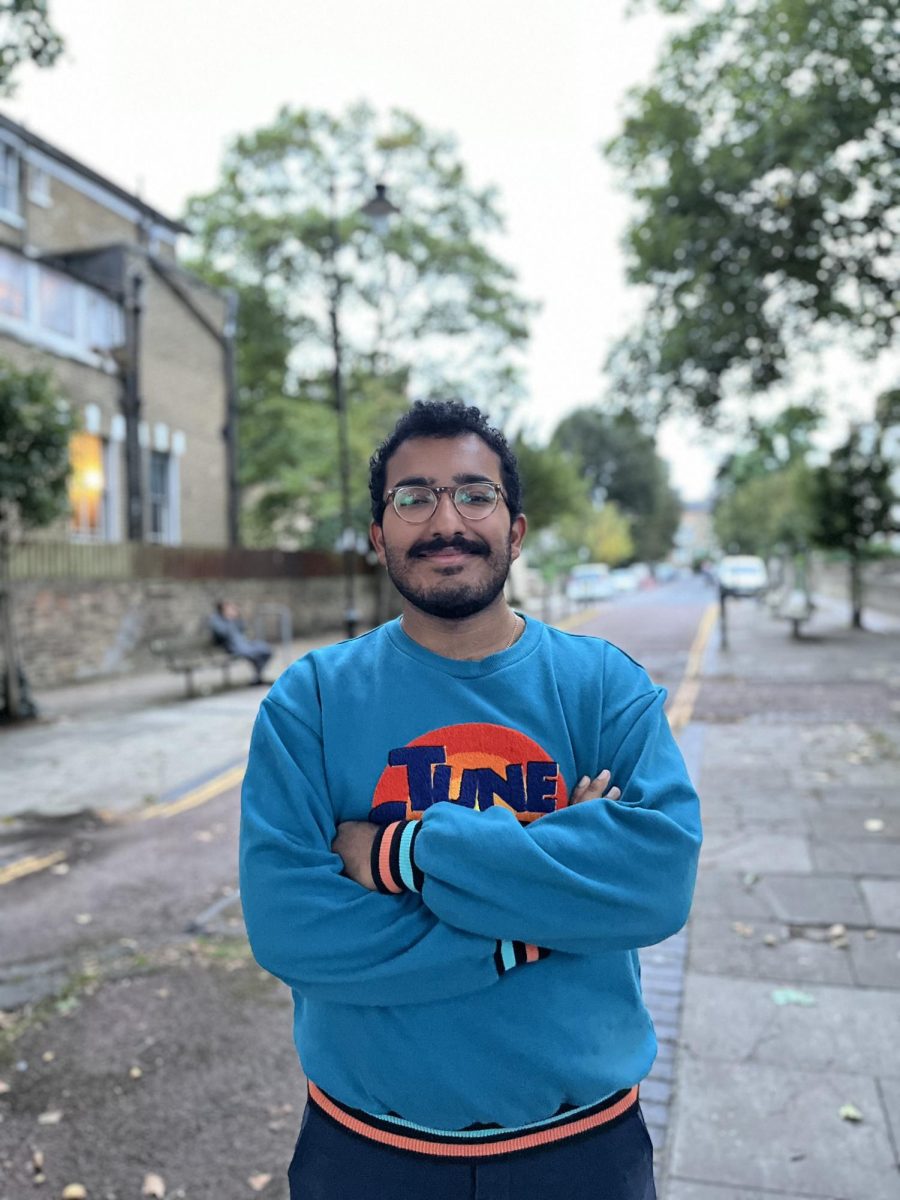
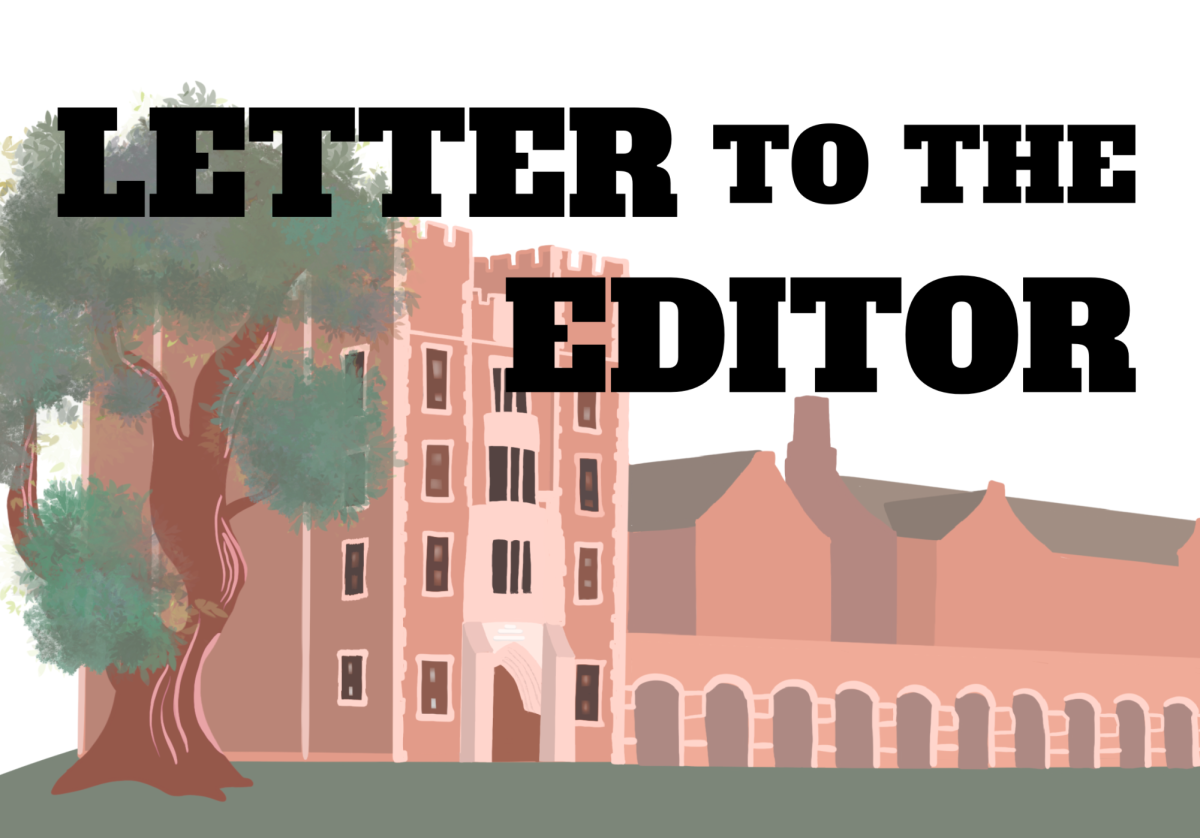
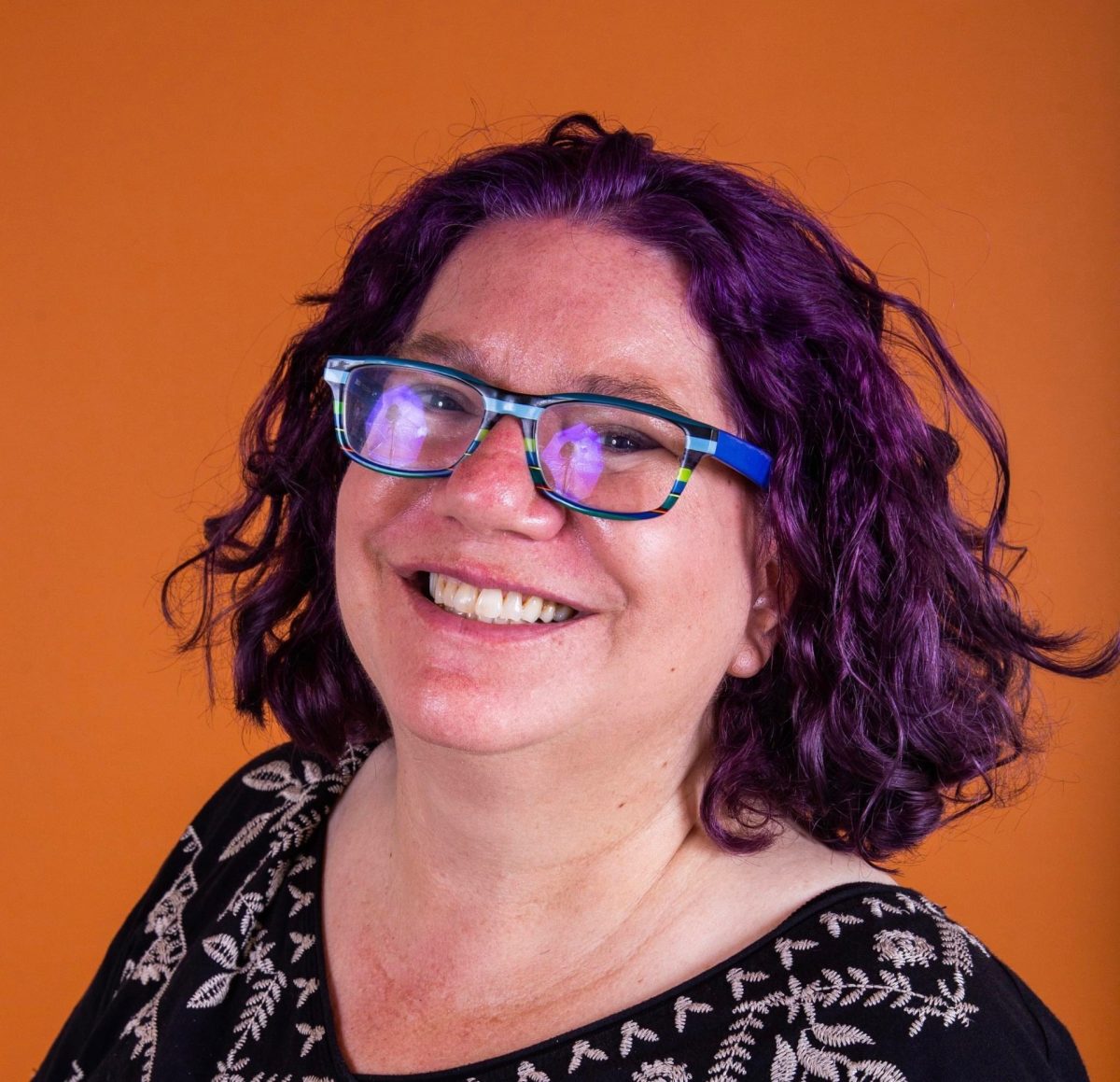
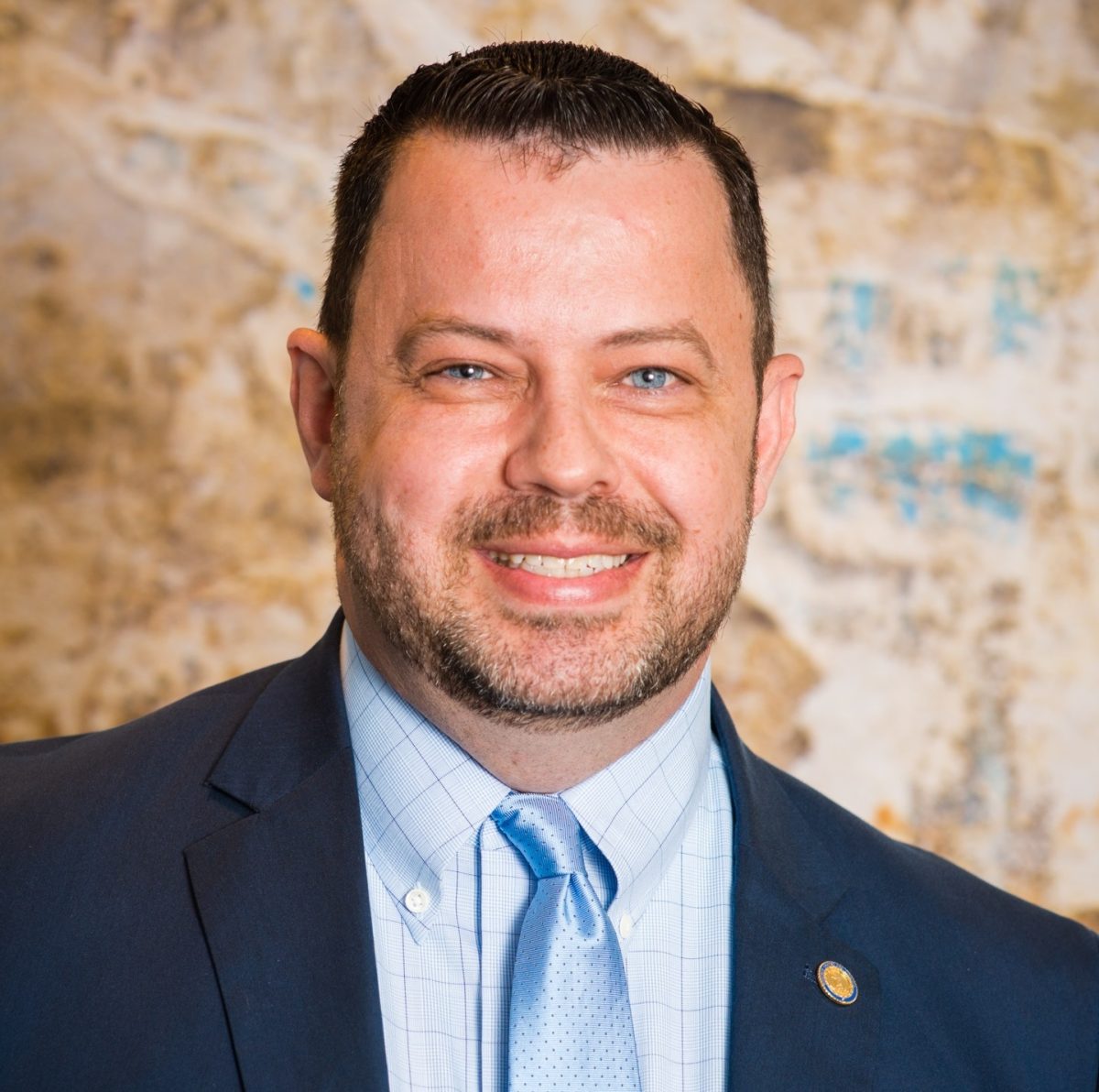
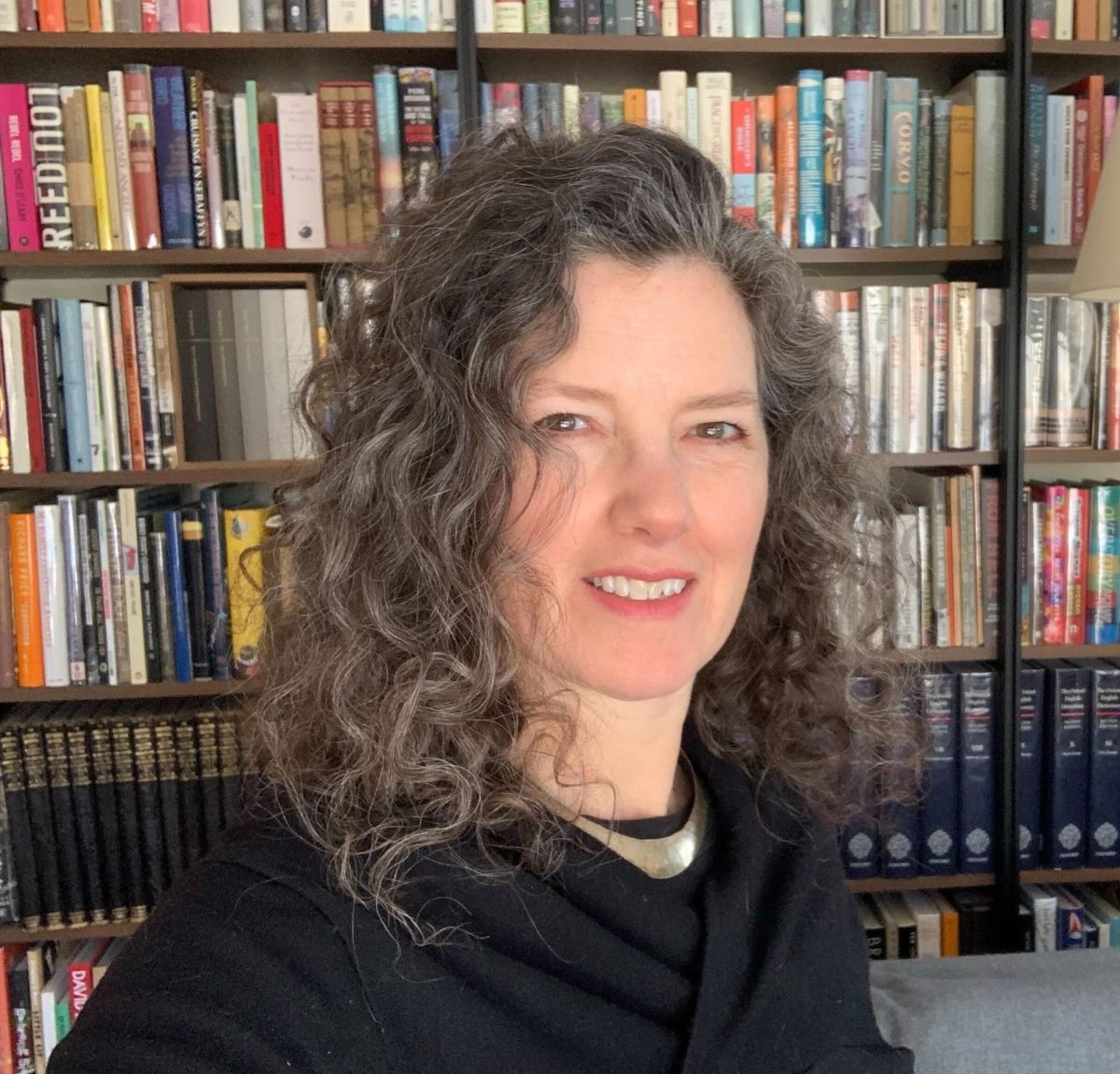
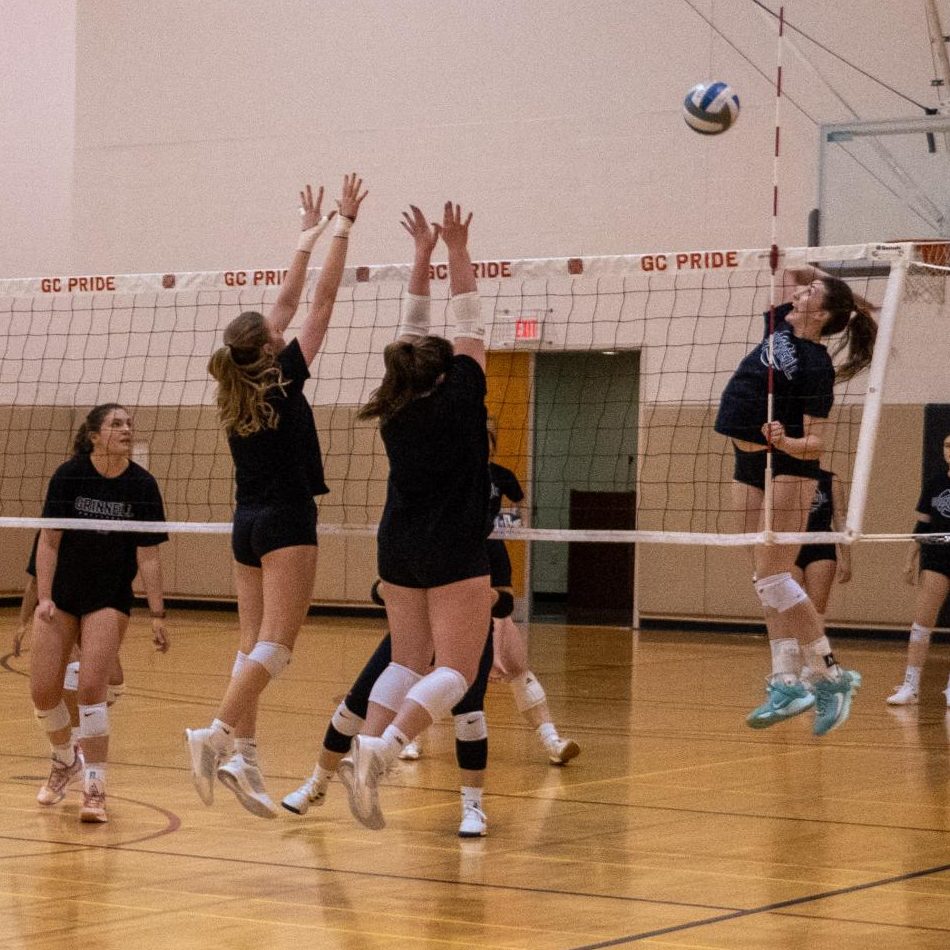
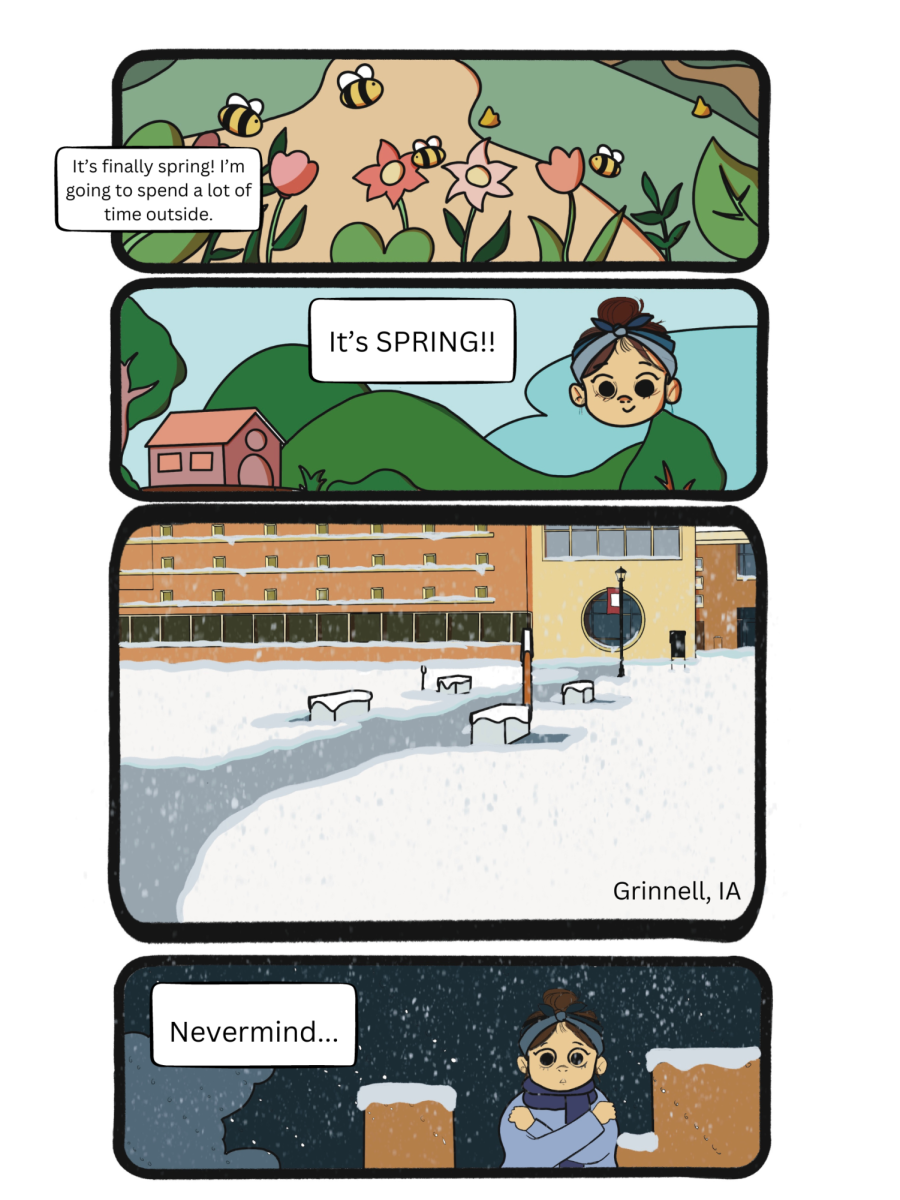


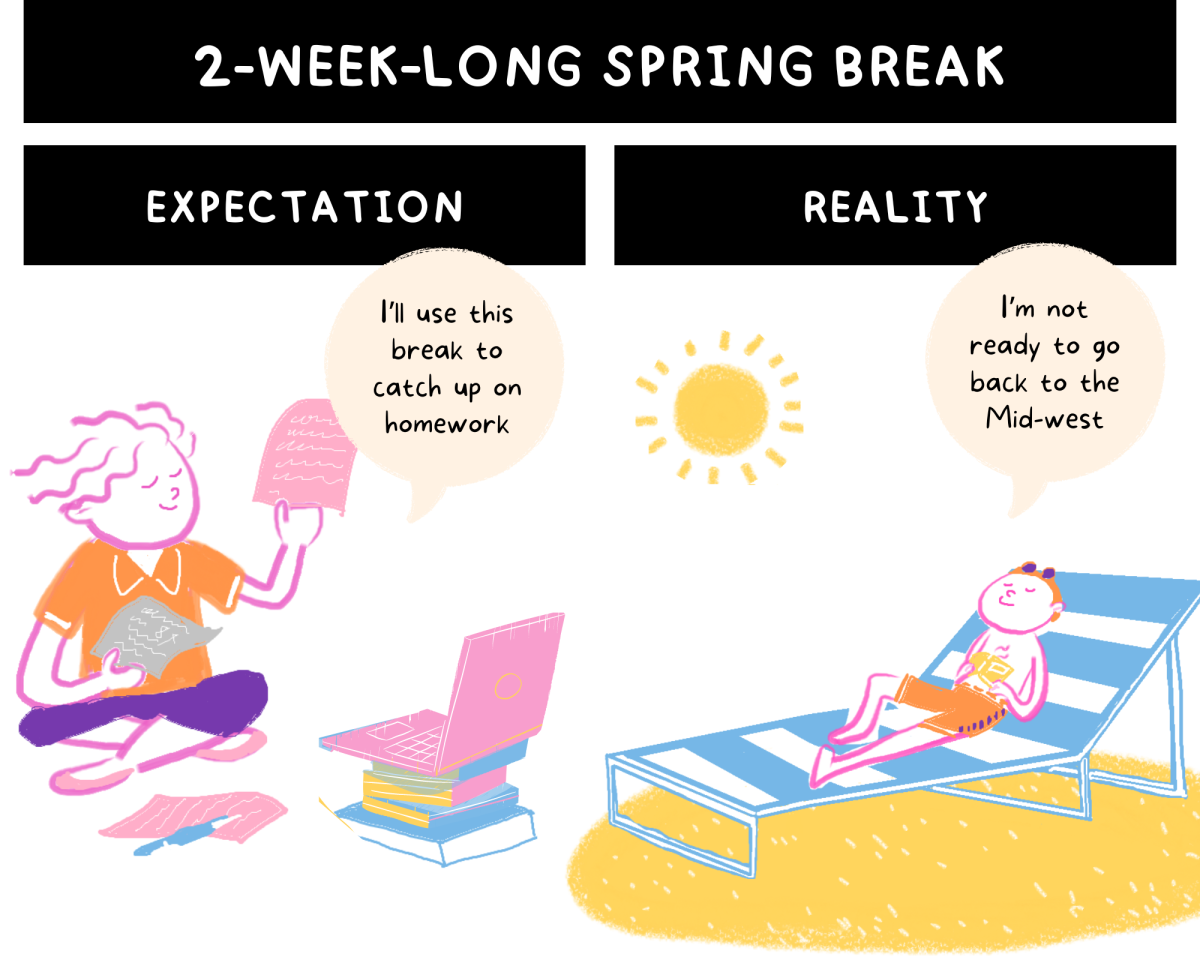
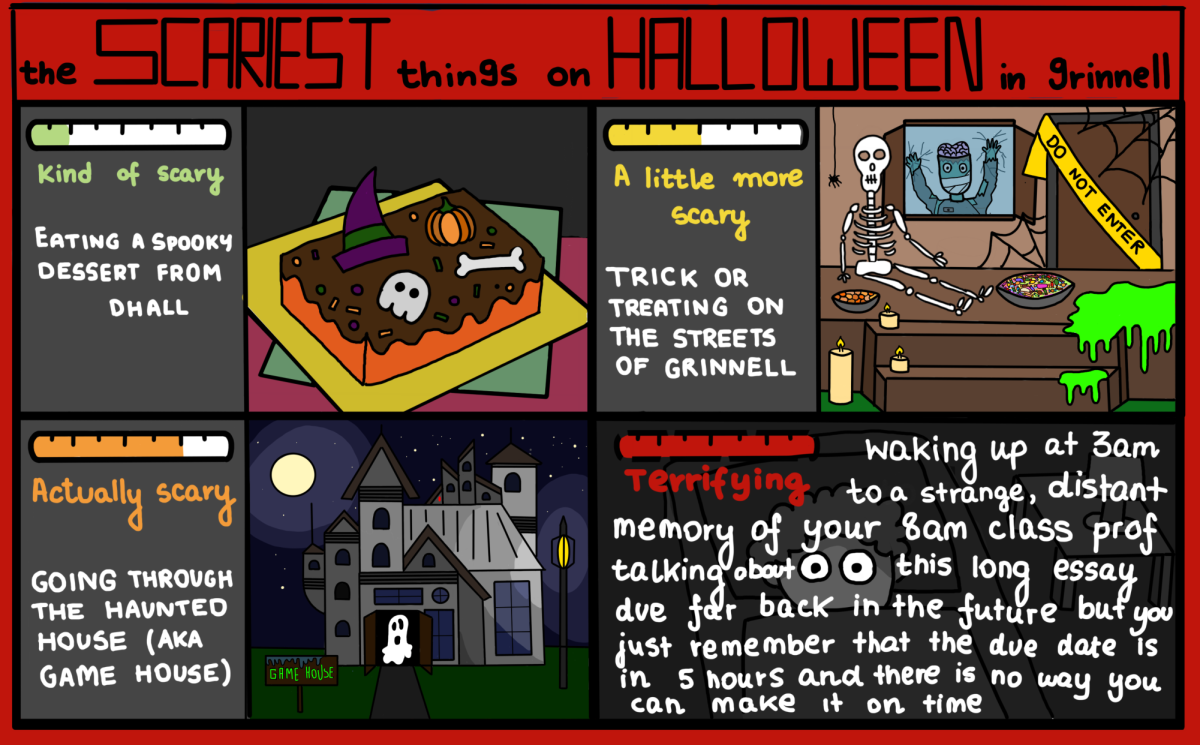
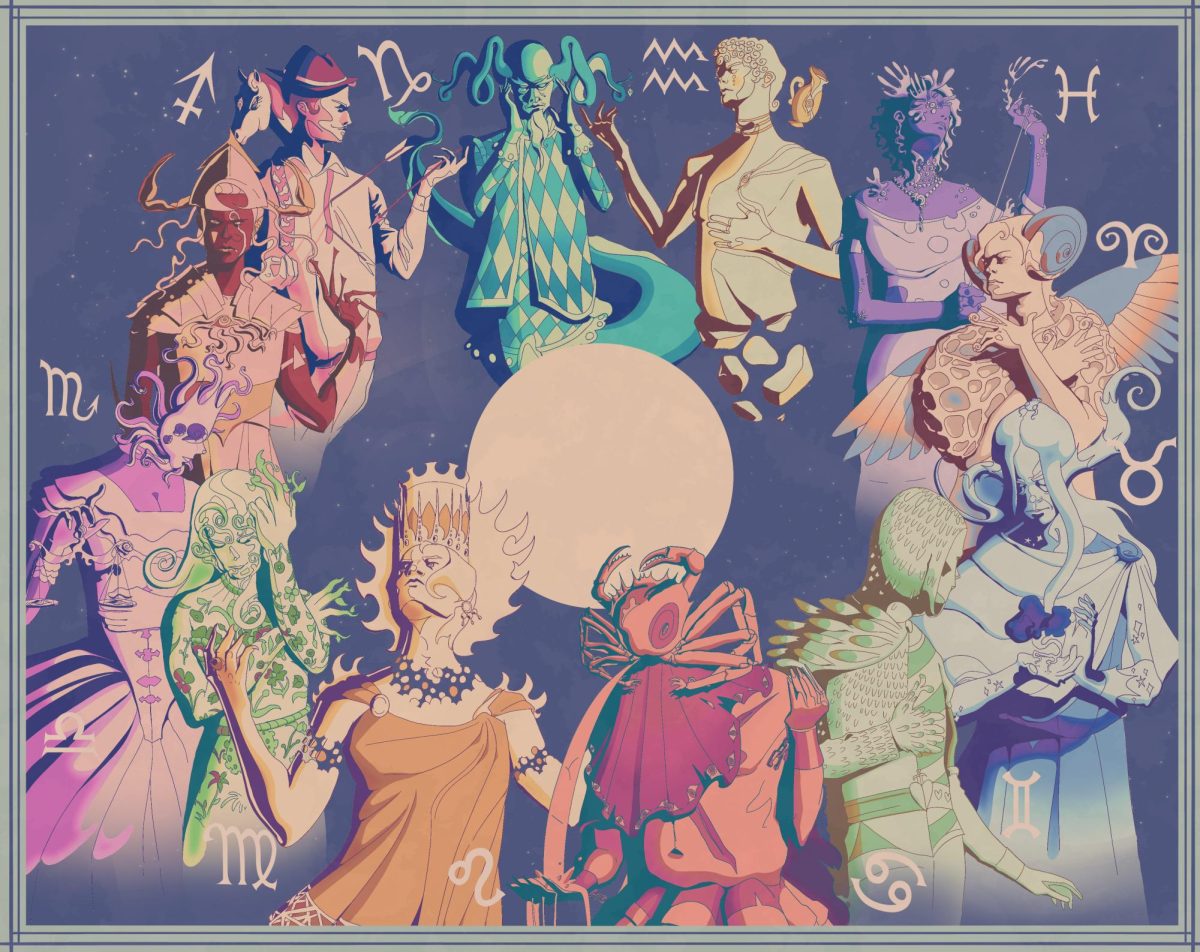
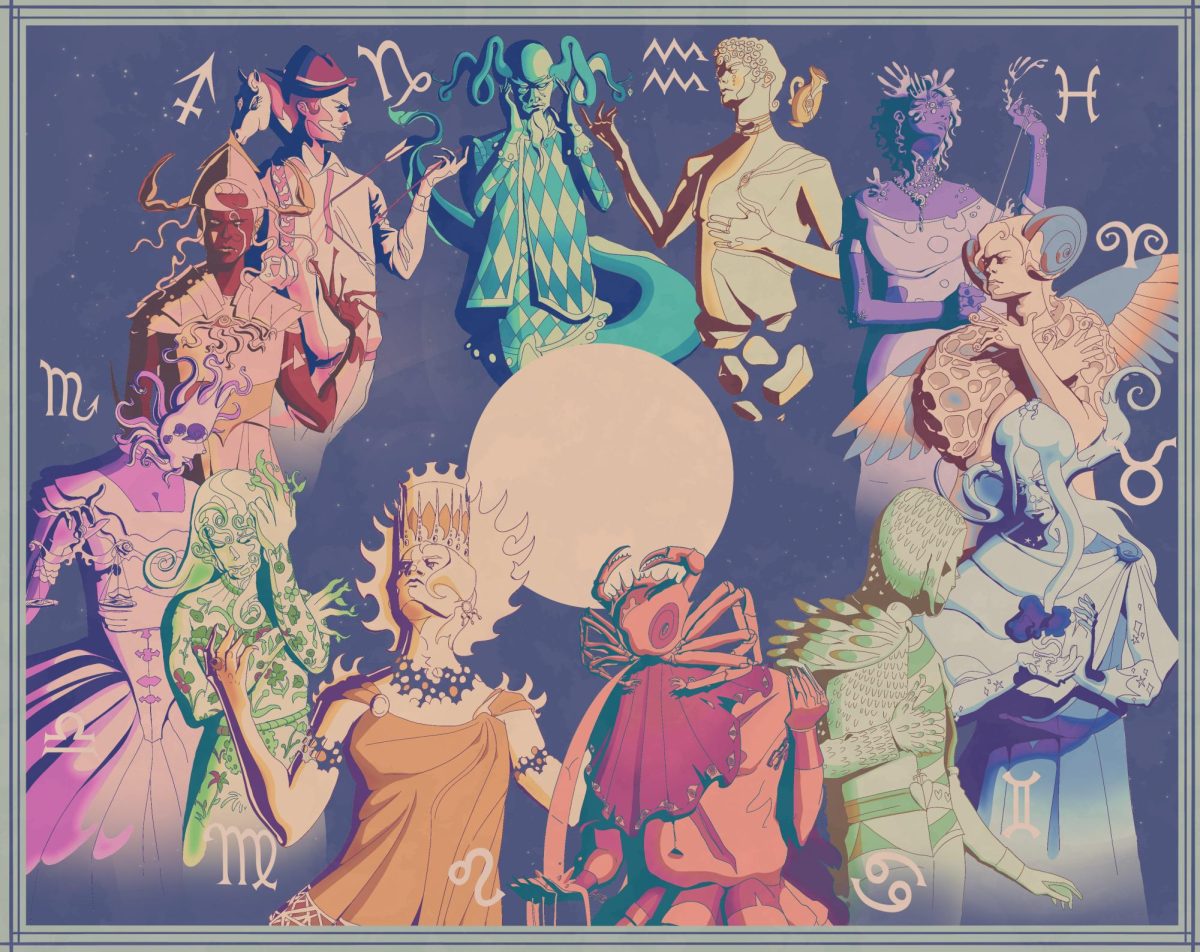



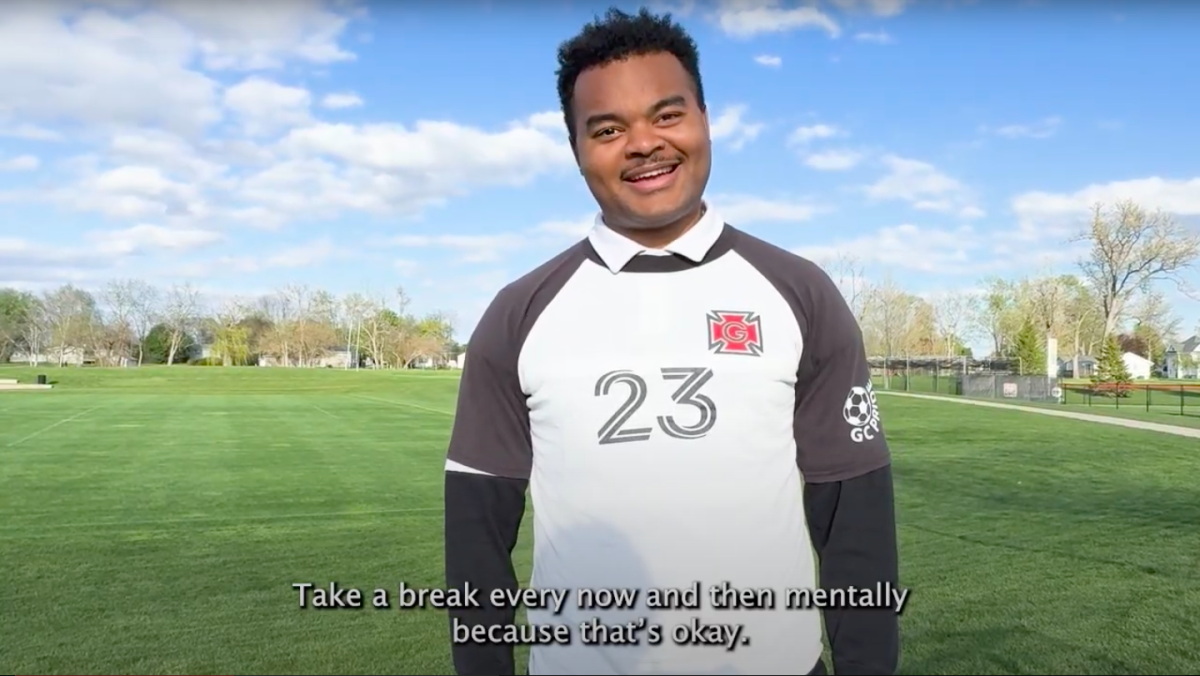
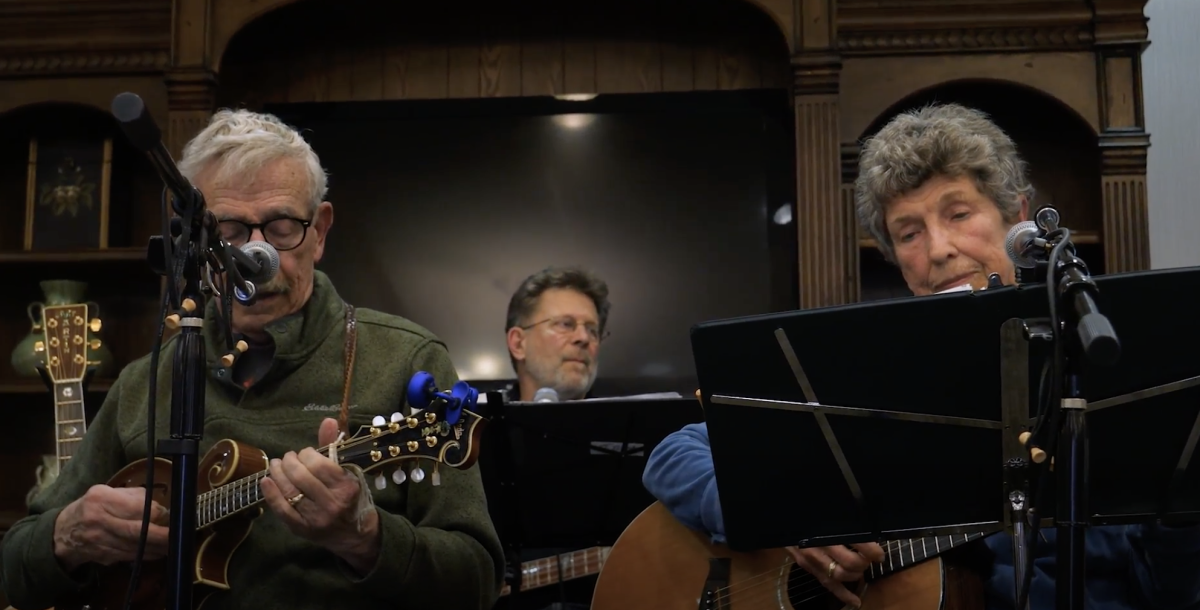
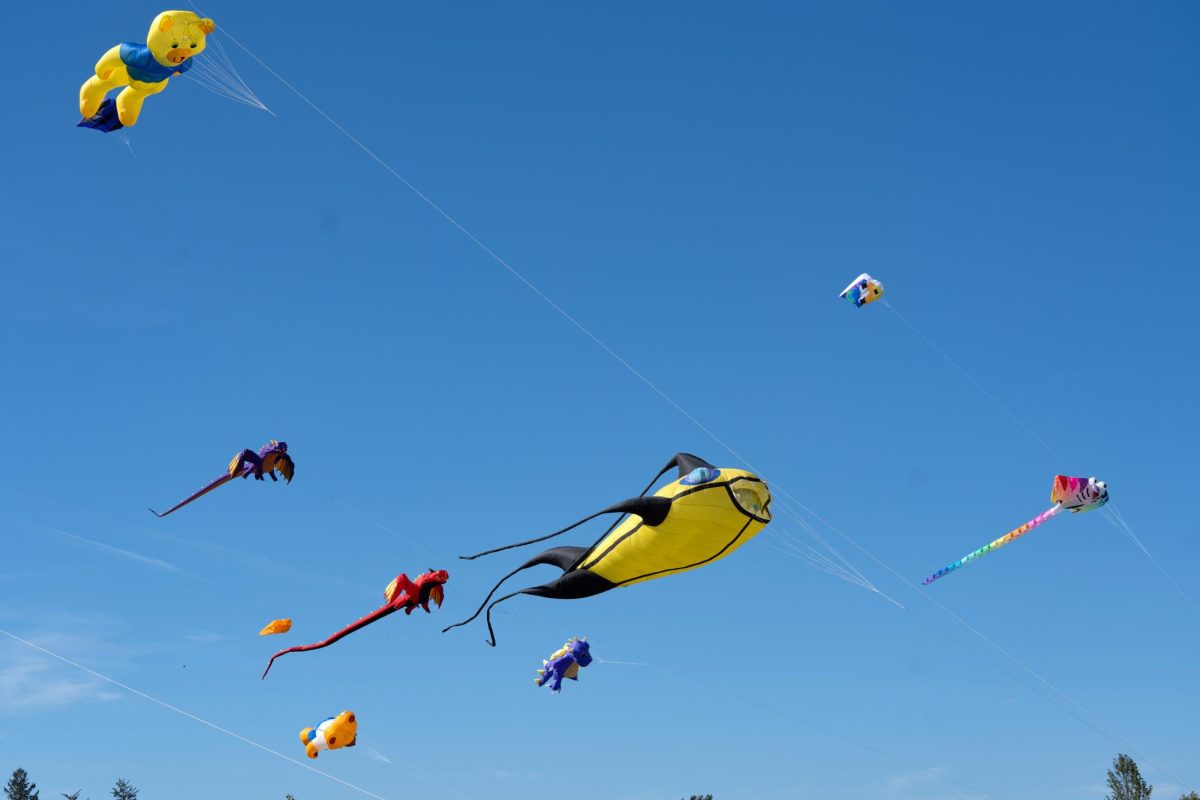
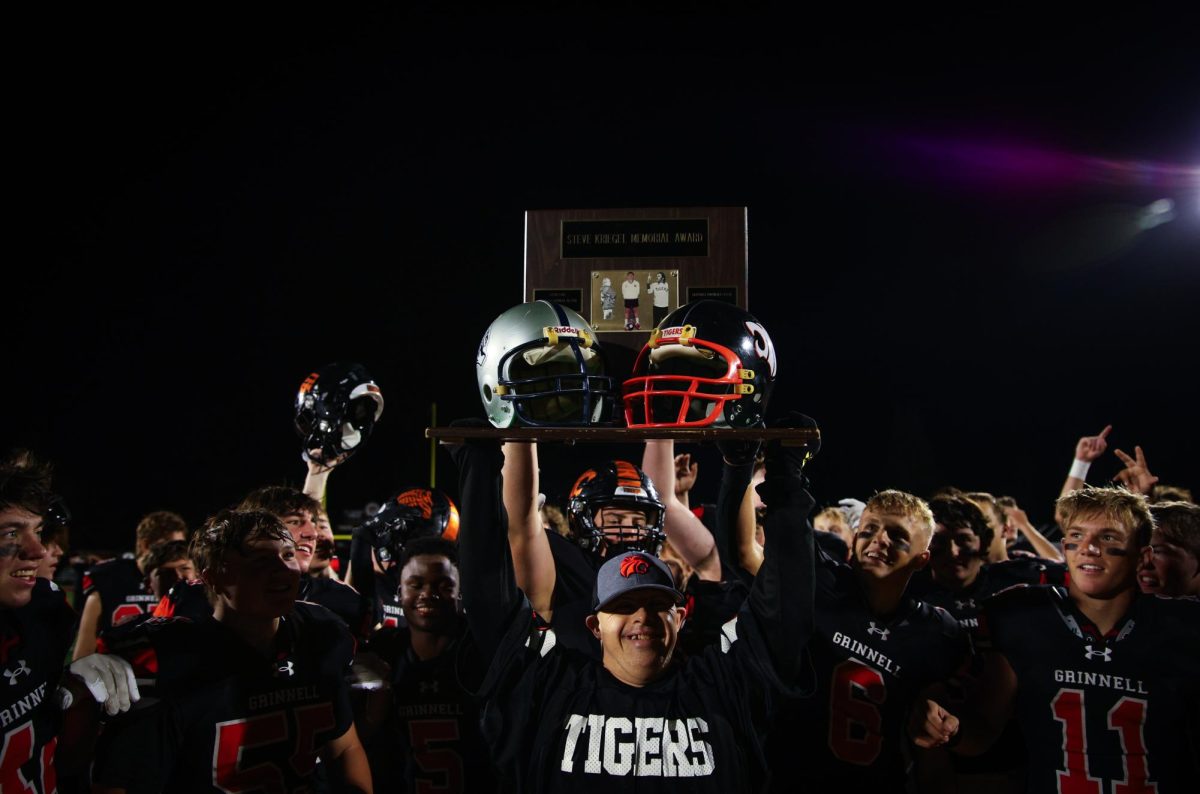
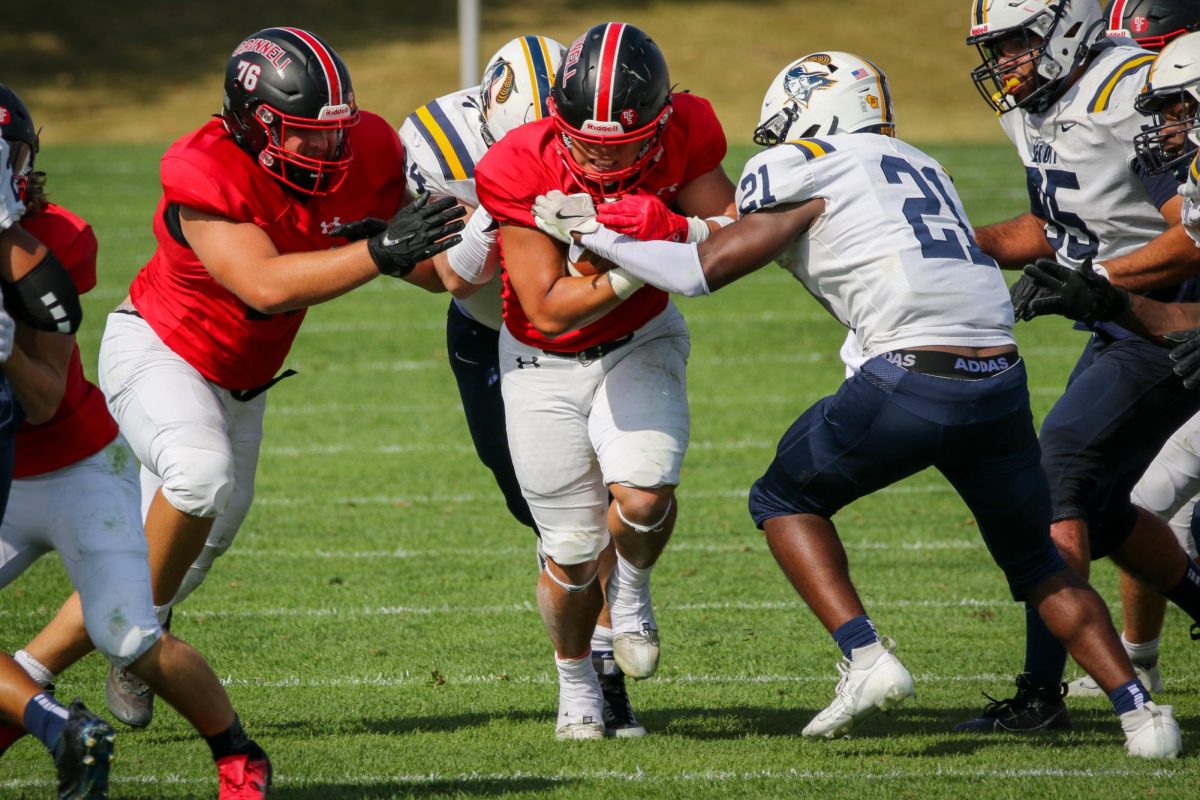
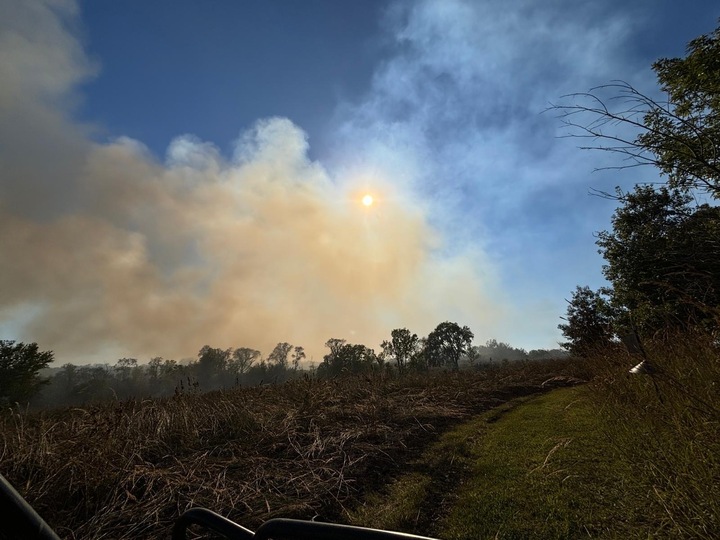

Arafat • Sep 26, 2012 at 7:22 am
How do the eminent professors explain the following instnaces of Islamic violence?
1) In recent years 5,000 Buddhists killed in southern Thailand.
2) Violence in NW China.
3) Violence in wouthern Russia.
4) Ethnic cleansing of Hindus in their ancient homelands of modern day Pakistan and Bangladesh.
5) Continual killings of black Africans and Animists throughout northern and soon-to-be central Africa.
6) Killings of Chaldeans, Copts, Armenians, Assyrians throughout the Middle East.
7) Killings of Bahai and Zoroastrians in Iran.
8) Sunnis and Shi’ites killing Kurds.
9) Sunnis killing Shi’ites.
10) Shi’ites killing Sunnis.
11) Sunnis and Shi’ites killings atheists.
Sad to See • Sep 26, 2012 at 1:49 am
It really is sad to see such incredibly muddled thinking or “narratives” as the writer of this article would no doubt call it, from professors at what was at one time such a great institution (note its consistently falling rank in US News). For various reasons, the Arab countries have been violent cesspools for at least the last 100 years and to blame that on the United States not intervening there makes no sense at all. Oh, and many of those the reader above recommended by read about Islam are Muslims themselves. Anyway, at least the situation has gotten so bad in so many Arab countries (Syria and Libya spring to mind) that they have been killing themselves which usually serves as the best way to divert them from killing us.
Arafat • Sep 25, 2012 at 5:41 pm
Chuck,
That’s sweet of you to suggest Mein Kampf. Did you know it is one of the best selling books in many Islamic countries? Thanks for reminding me of this!
But you’re right. It’s me that’s filled with hate, not those who behead Buddhists on a regular basis in Thailand, who gang-rape helpless women in Mali, who cut off the hands of thieves, who commit a slow but steady genocide against Hindus in their native land of Pakistand and Bangladesh, who hang gays, who honor kill women, who slit the throats of baby Jewish children.
How silly of me to be so darn confused. Maybe a down-home-boy like you from Iowa can show me the light. {Sarc/off.}
Chuck • Sep 23, 2012 at 4:33 pm
Reading books by a bunch of anti-Arab racists will help us make sense of the madness?
Should we be reading the Turner Diaries as well? How about Mein Kampf? Let me guess, you think Innocence of Muslims deserves an Oscar…correct?
Arafat • Sep 23, 2012 at 10:42 am
“This conclusion echoed Elfenbein’s previous statements about the necessity of interdisciplinary thinking in today’s complex world.”
Maybe the necessity should be to look at this from a different angle – an angle that actually explains this rationally.
Read books or articles by Robert Spencer, Ibn Warra, Raymond Ibrahim, Andrew Bostom, Bridgette Gabriel, etc…for it is here that a rational and cogent case is laid out which makes sense of this madness.
Arafat • Sep 21, 2012 at 1:42 pm
“Youssef brought up the American government’s lack of response to 2011’s Arab Spring, positing that there could be underlying resentment of the American government in the Muslim world contributing to the fierceness of the protests.”
Let’s just file this one under “Muslims blame America for everything.”
I guess Youssef is suggesting we should have done more. And what would that have looked like, I wonder? Anytime we send troops we hear we shouldn’t have done this. Everytime we send aid we’re told it’s not enough. Everytime we do this, we’re told we should have done “that” instead.
I have a novel idea. Saudi Arabia, Qatar, Kuwait, the UAE have nothing but money and weapons they have bought from us. Certainly they understand what their Muslim brothers want, and it’s clear we never do. Why don’t they solve their brothers problems for a change?
What do you say about this, Youssef?